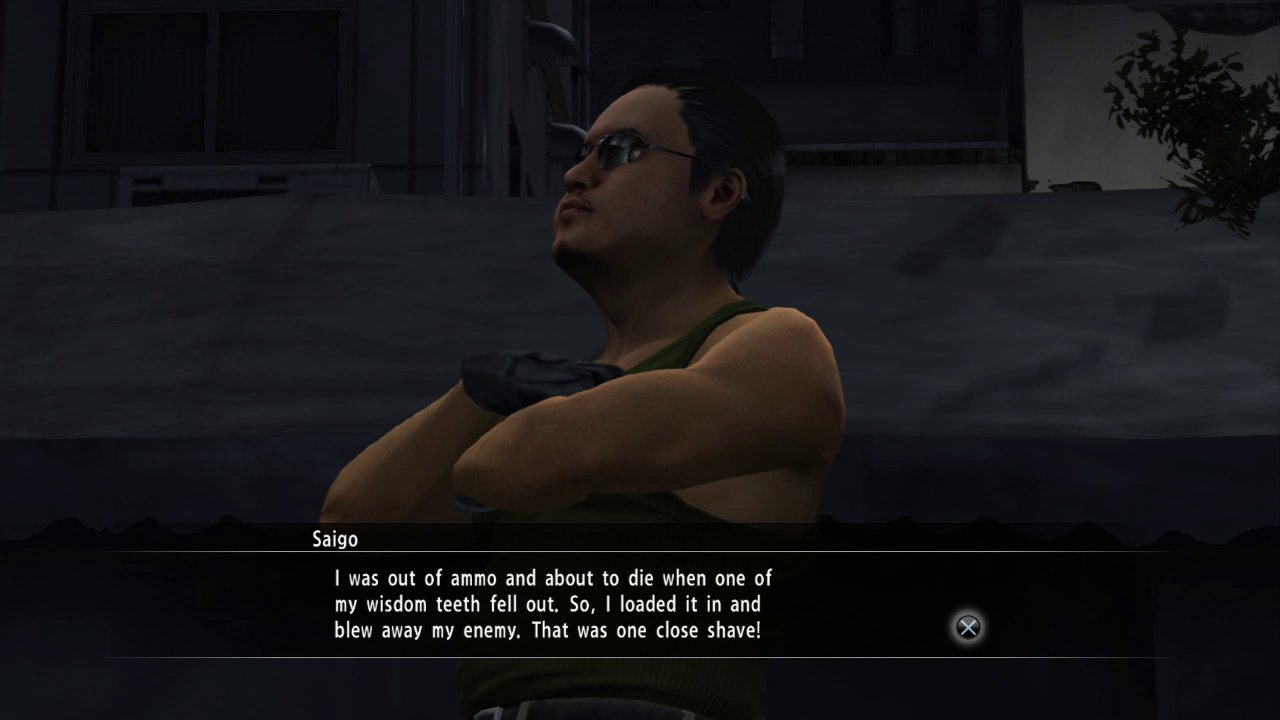Mobsters, arcades, and idols: the whole Japanese experience(?).
I don’t know much about organized crime, which is probably best for my benefit. I’ve heard some scary things about Japanese organized crime, like the whole “cut off a finger if you’ve done something wrong or against the clan/gang/family” thing, but by and large I know very little about the actual politics of such a group. And the Yakuza series of games probably isn’t a great way to learn, but I’m hoping it’s accurate enough—the respect for history and customs, the dealing with situations first-hand and taking responsibility, the singing and dancing and occasional handshaking event with fans…
Wait, whuh?
The Tojo Clan (pronounced Tōjō in Japanese), the most dominant gang of yakuza in Japan, has grown complacent. They’re focused on making money more than obtaining or keeping power, and after their chairman goes missing, they appear to come apart at the seams. Somebody is behind the disappearance, and all signs point to it being a traitor within the clan, who’s brought them to the brink of war with their most powerful rival. But who that is will take figuring out, and so new alliances need to be made, others broken, and also there’s a little girl bent on being an idol. Just when you start getting used to smashing some fella’s head into the pavement, there’s the shift to the cutthroat world… of song-and-dance popularity but still with dangerous conspiracy thrown in. (It’s almost the same, just with more colorful outfits and less punching.)
The game is divided into five character sections, each with their own unique piece to the overall narrative of the game. The majority are what you would expect from a game centered around gang warfare, that being beating the living hell out of local thugs, other yakuza, the occasional uptight host accidentally bumped into on the street, and the stray dance battle. It’s open world allows players to explore realistic depictions of modern-day Tokyo (particularly Kabukicho), even if those areas are largely fictionalized: convenience stores, chain restaurants, host clubs and arcades, even a section of unspoiled countryside during a hard winter in Hokkaido. And it’s beautiful. Even in urban areas filled with chatty NPCs the world feels as real as it looks, though sadly there aren’t many places that can actually be entered.
The ones you can enter are real shops and locations, like Matsuya (which serves some great inexpensive food, I can vouch) and Club SEGA arcades. The arcades have a handful of playable games to offer distractions and add authenticity: Virtua Fighter 2 (the real arcade version), a few tracks of Taiko Drum Master, a very Japanese shooter named GUNRHEIN, some UFO machine variations with winnable in-game prizes, and even a photo booth or two. It’s not enough to make you forget why you’re walking the streets, but it’s a nice way to pass the time instead of grinding some dude’s face into the sidewalk.
With the locations being based on real places (though aren’t “really” actual locations), they look fantastic, but the people aren’t always given the same treatment. Often enough the cut-scenes are great, with some care put into even facial expressions looking about right and lips appearing to match up to the syllables being spoken, but just as soon as you find yourself drawn into the cinematic story elements, you can easily be taken back to the game’s playable view. It still looks nice, but it’s a jarring distraction from otherwise beautiful cut-scenes. With a game this massive and packed with both dialogue and animation, I suppose this cuts down on the development time and data requirements, but it happens often enough that it’s a disappointment. The voice-acting carries over between the beautiful, surprisingly-emotive scenes and the gameplay engine’s scenes, and that keeps its quality, but that only reminds me of the difference.
With so much to do, there’s plenty of play-styles. Fights on the streets get boring when there aren’t many combo options—either square a bunch of times, square punctuated by triangle, or circle to grab and throw—and just about all enemies fight the same way your character will, so at its toughest it’s a block-and-counter system. When you’ve built up enough heat you can slam down on a fallen foe with an unnerving close-up of their head and face taking a punch or other slamming—it can be so unnerving that I actually got shivers up my spine watching it the first few hours it happened. Once you’ve earned tokens for leveling up, you can boost your health or heat meter, improve your blocking, and add possible moves to your arsenal, but it’s underwhelming with its lack of depth in development. I felt like I was just better able to take a punch, not fight in anything other than “hit it harder” fashion.
The rhythm game bits, which have been Sega’s bread-and-butter the past few years with their Hatsune Miku franchise and the stray Taiko Drum Master, have done a good job fitting a rhythm game section into the overall narrative. It’s a simple button press, the occasional hold, style flashing back to Dance Dance Revolution, but that’s for when you’re onstage or training on your own; when a dance battle breaks out, it involves the directional pad navigating what area is highlighted and, therefore, can accept button presses to either improve your standing or “damage” an opponent. It’s a mechanic that takes a little getting used to, but I can see this finding its way into its own series (unless I’ve missed it somewhere and it already has). Most rhythm games are simplistic enough, and this one is more than enough to hold its own game.
There’s even a section of the game dedicated to hunting and trapping wild game (for the meat and pelts), with an emphasis on ethical hunting—you don’t let something suffer, and you utilize every part of the animal possible. Whatever you can’t use you can sell to the local merchant for cash, which can be used again once you’ve made it back to an actual city. Seriously, there are so many games wrapped into Yakuza 5 it’s hard to tell what I would like to focus on from day to day from sheer variety alone. If variety is the spice of life, then this might be one of the spiciest games of all.
It’s incredibly easy to plug multiple hours at a time into Yakuza 5, partly because it’s very easy-to-follow mission structure, and partly because the cut-scenes can take so long telling the story. It feels forced to flesh out the story so much which can take fifteen minutes at a clip. It wants to be some mashup of Shenmue and The Godfather, and does a great job of it. I might wish there was more depth to the fighting, or when I say “just one more mission” I’m not committing myself to another hour and a half or longer, but hey, that’s the life of a mobster (or so I’ve heard).
-
The world is beautiful
-
Realistic locations displayed realistically
-
Characters actually feel like real, three-dimensional people
-
Side missions galore, with multiple play styles
-
There's just so much to DO!
-
Jumping between well-animated scenes and in-game animation is disappointing and feels cheap -
-
But the voice acting is fantastic
-
Fighting is satisfying enough, but monotonous with few customizing options
yakuza-5
-
yakuza-5 #1
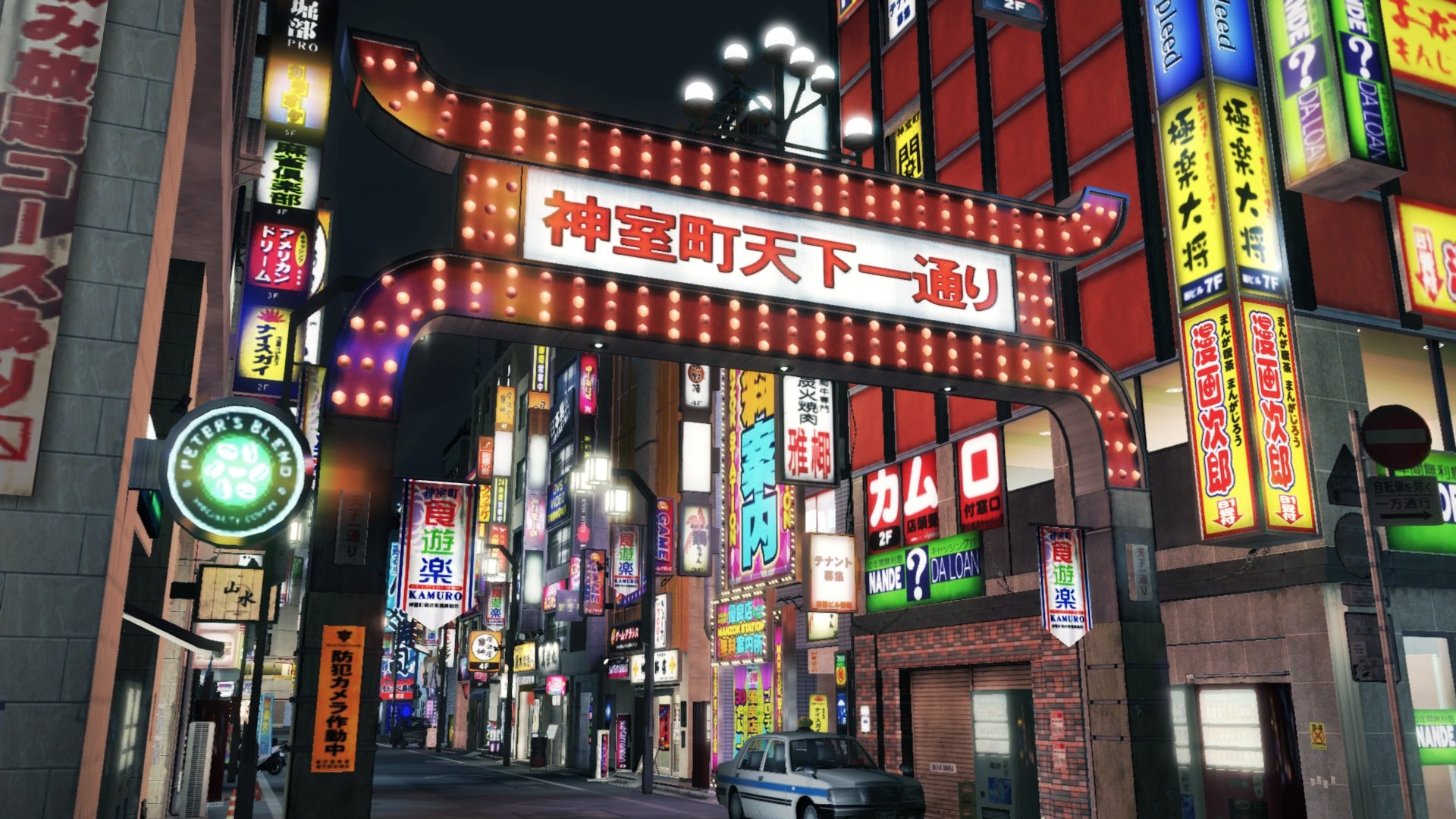
-
yakuza-5 #2
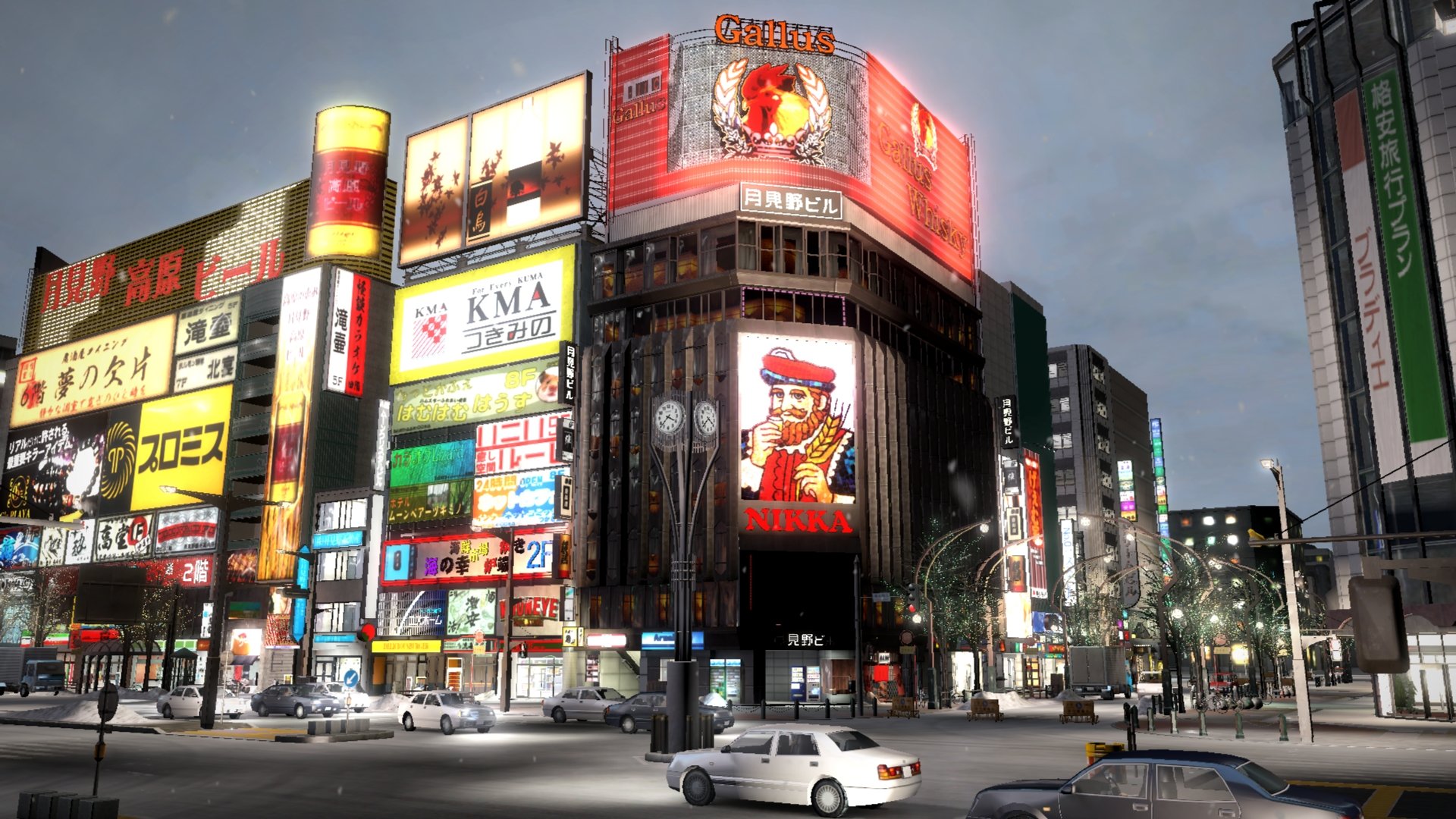
-
yakuza-5 #3
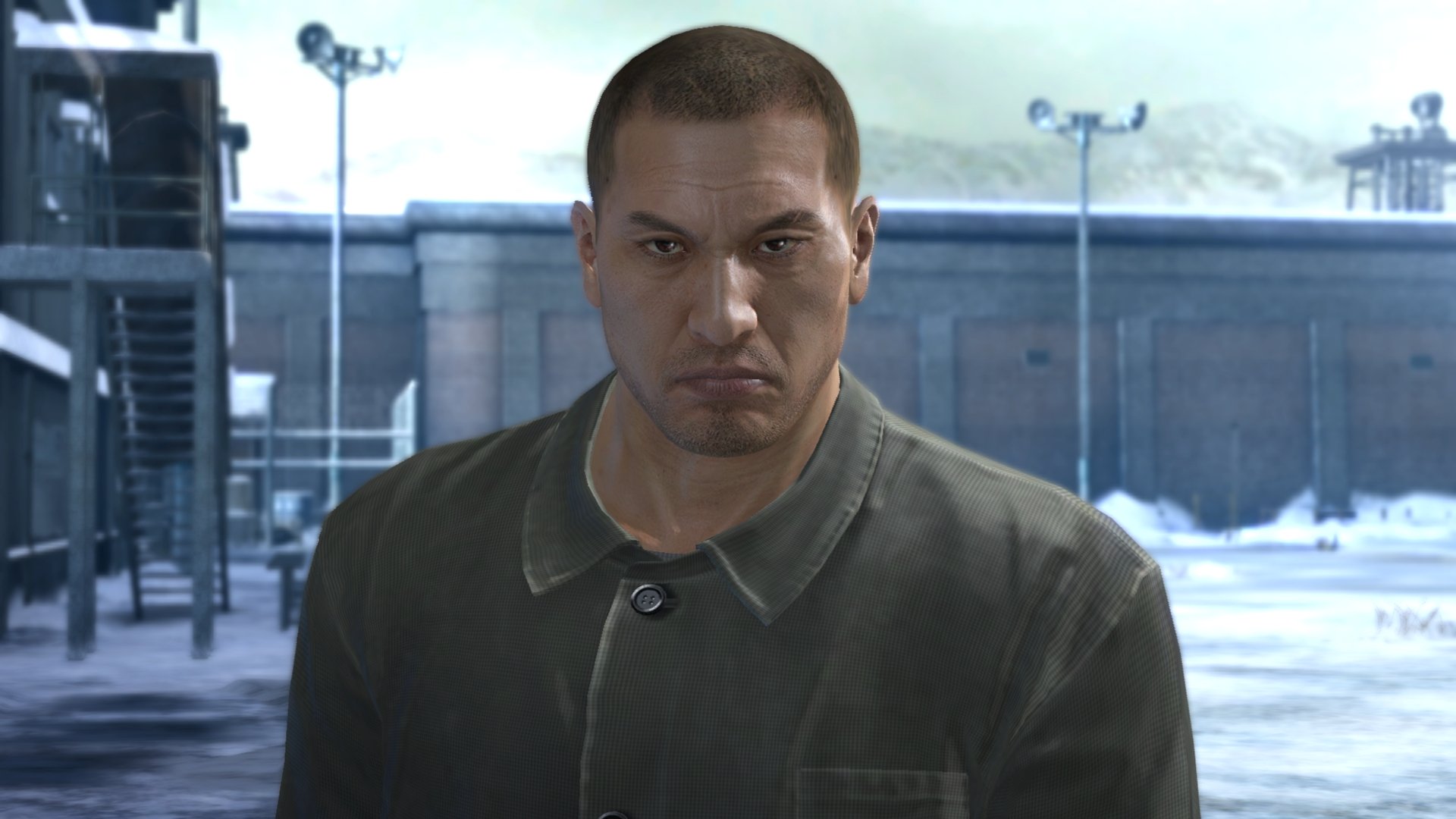
-
yakuza-5 #4
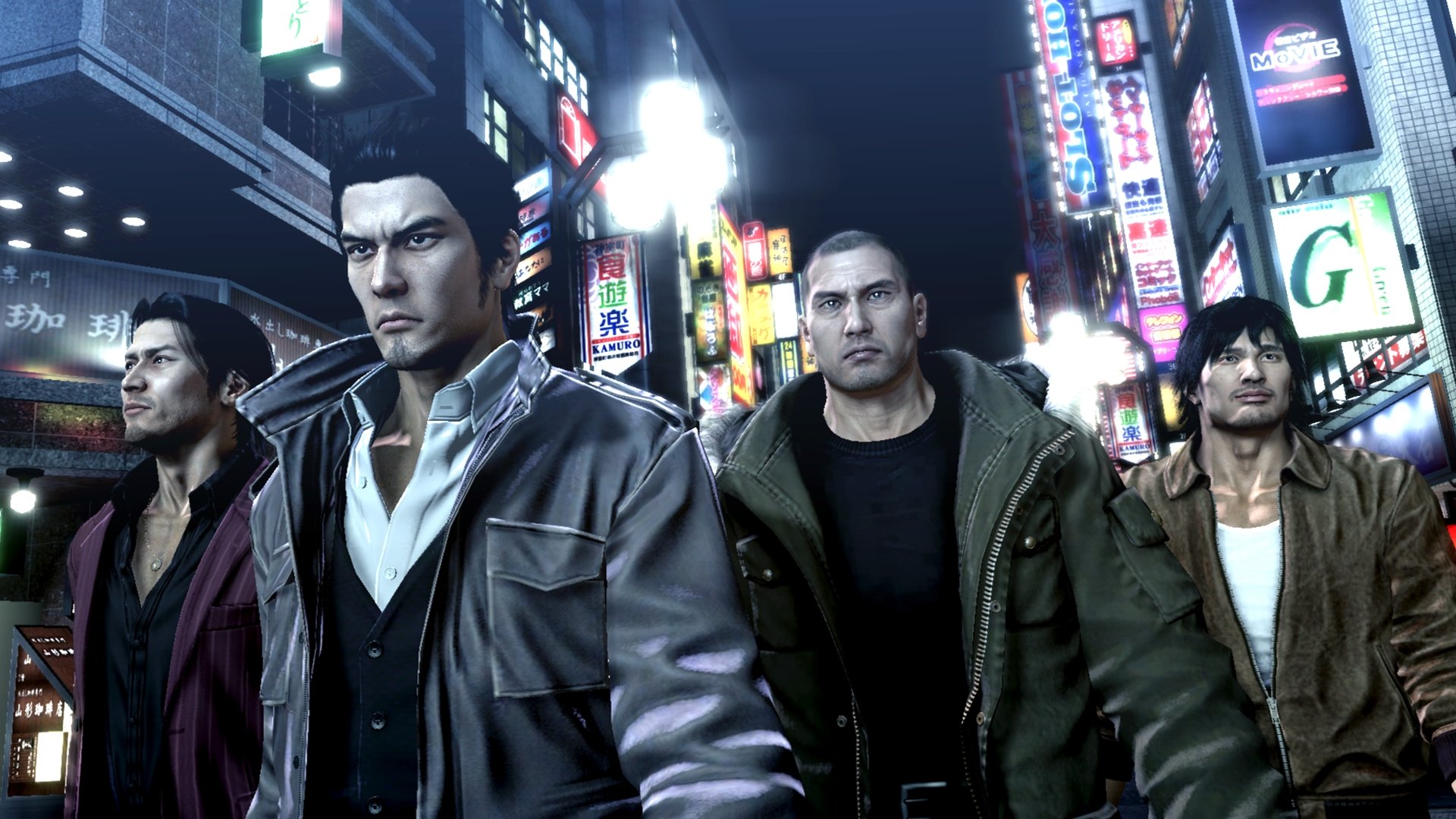
-
yakuza-5 #5
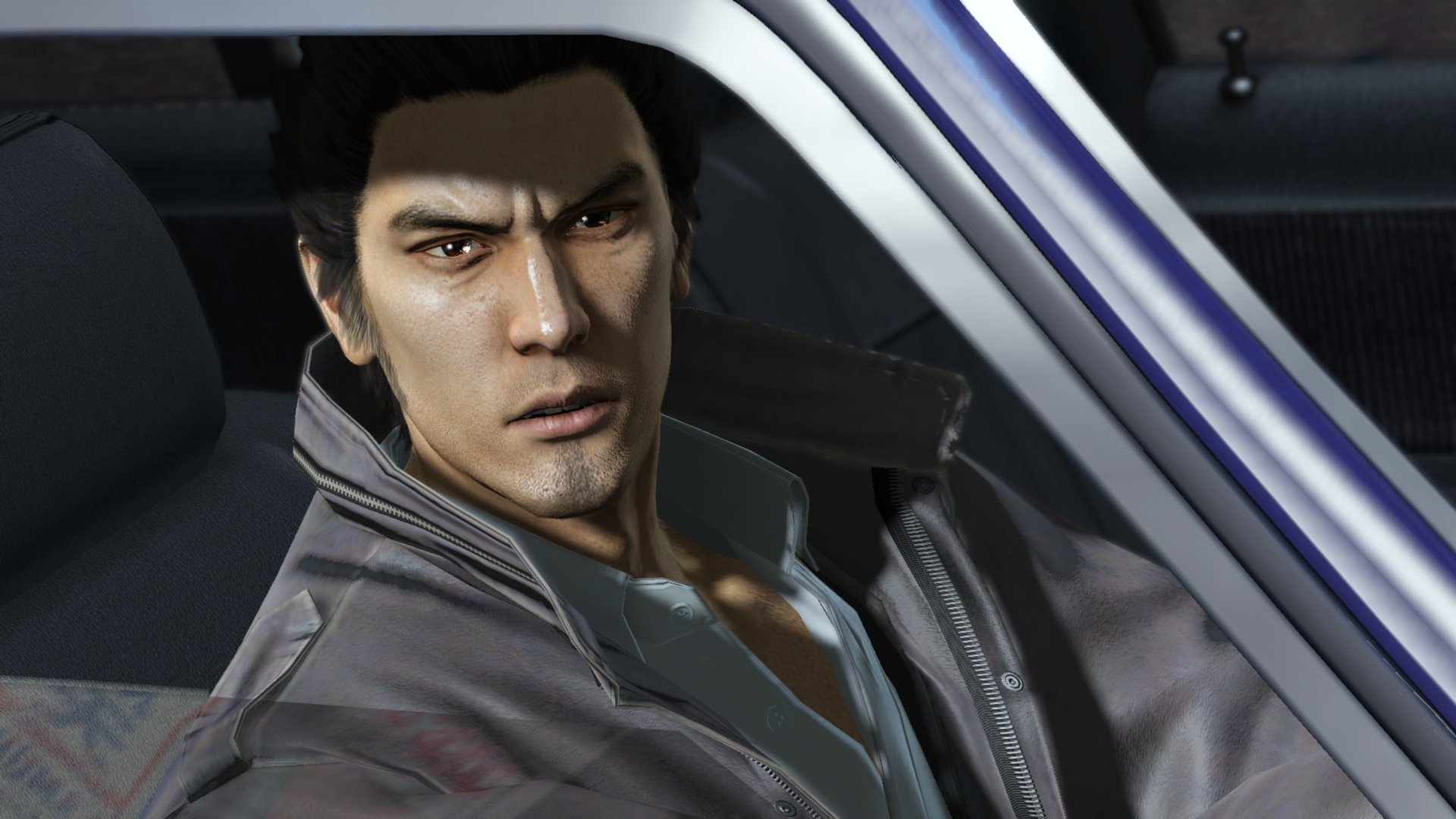
-
yakuza-5 #6

-
yakuza-5 #7
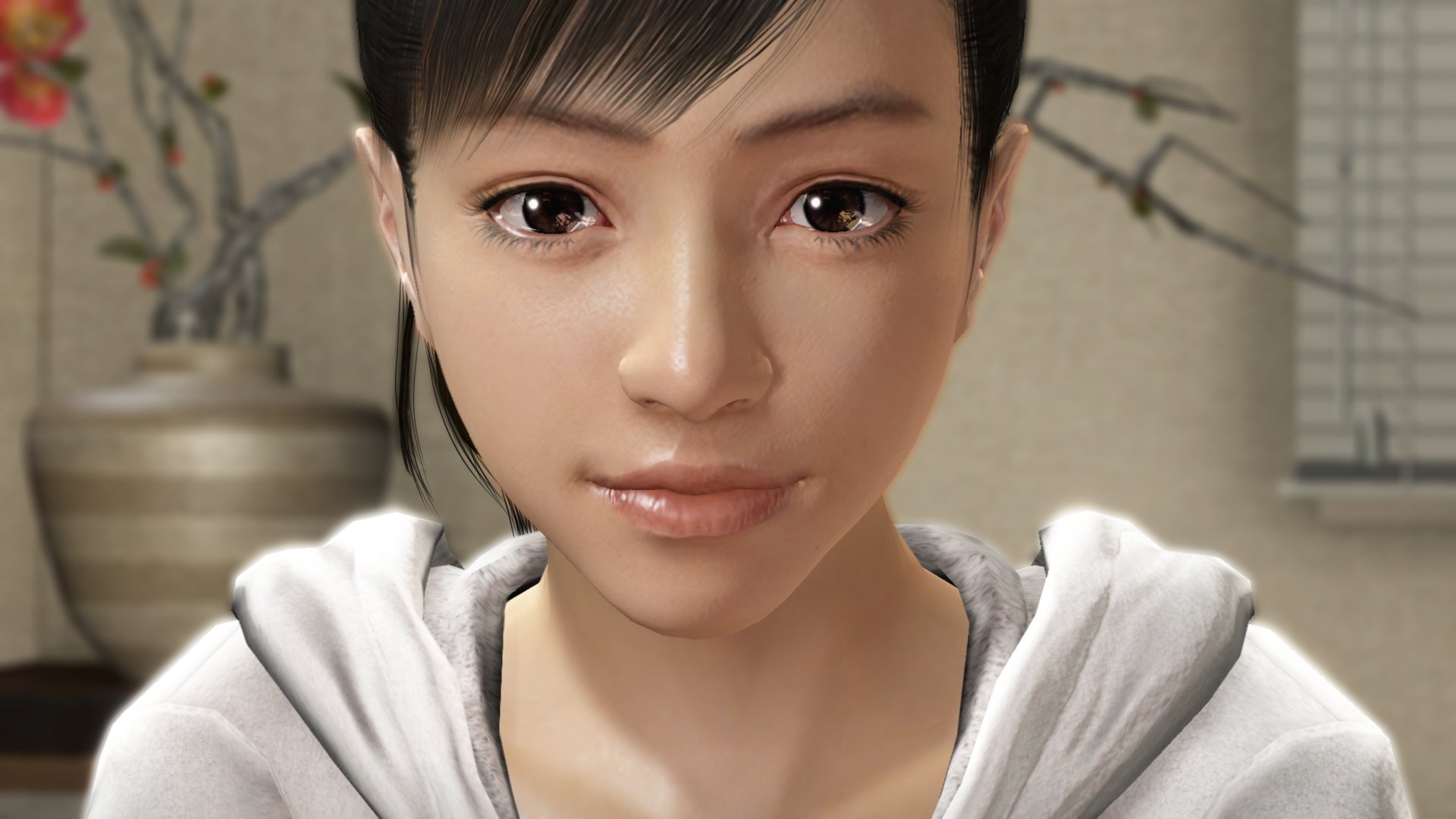
-
yakuza-5 #8
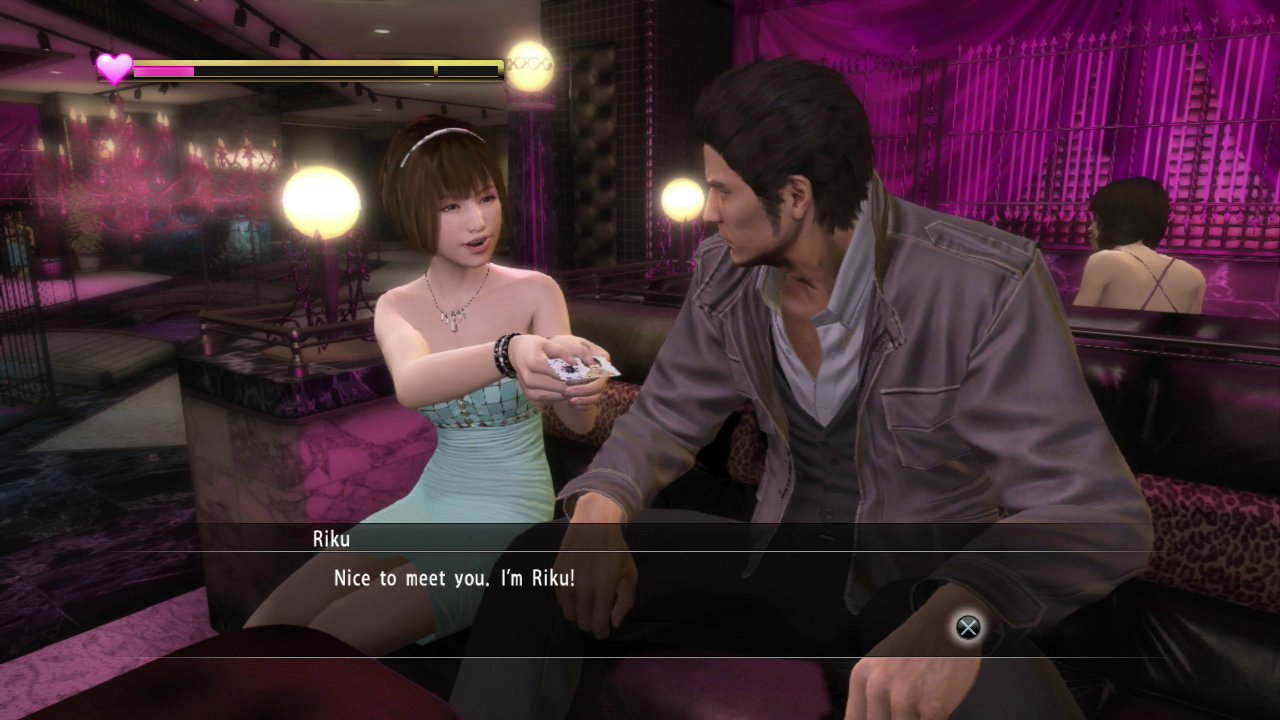
-
yakuza-5 #9
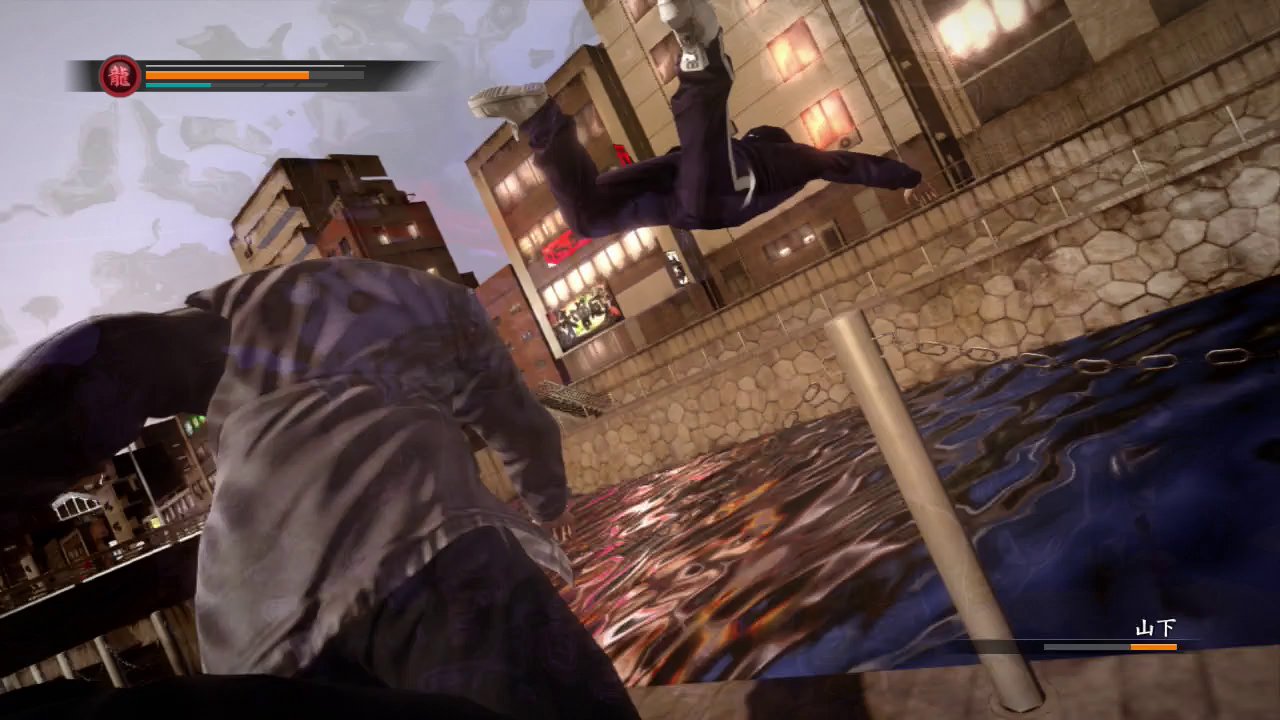
-
yakuza-5 #10
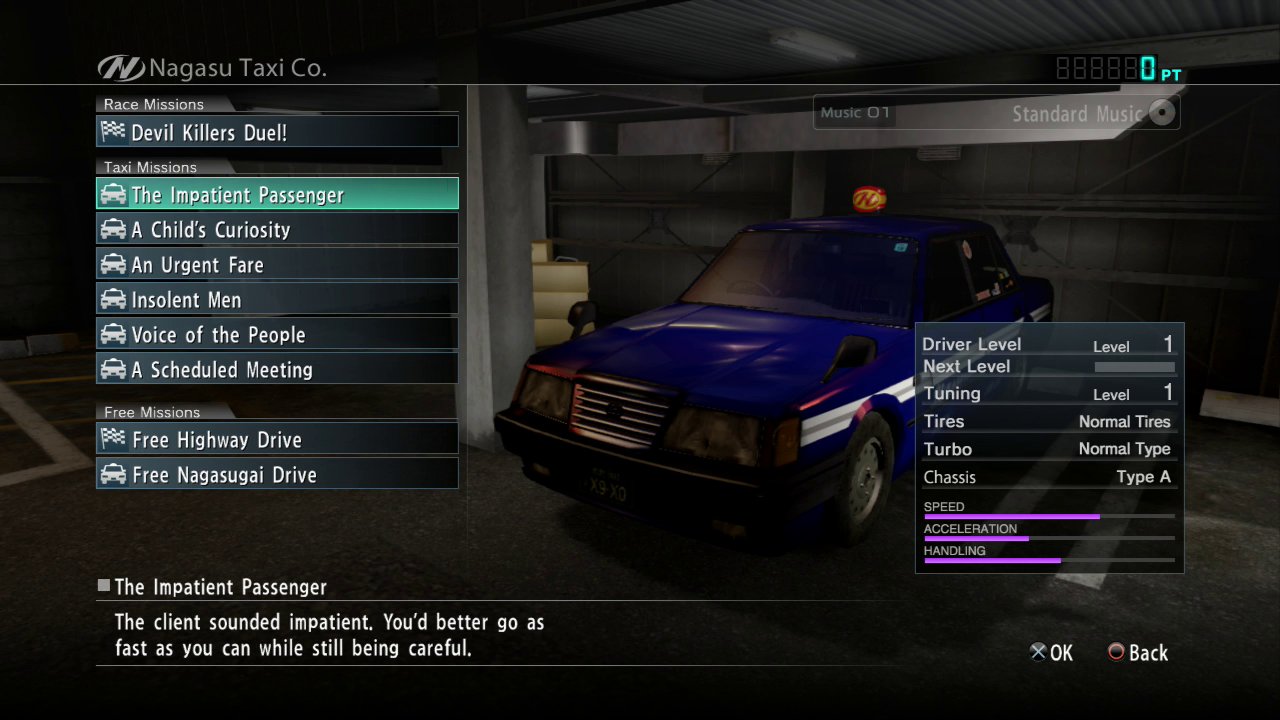
-
yakuza-5 #11
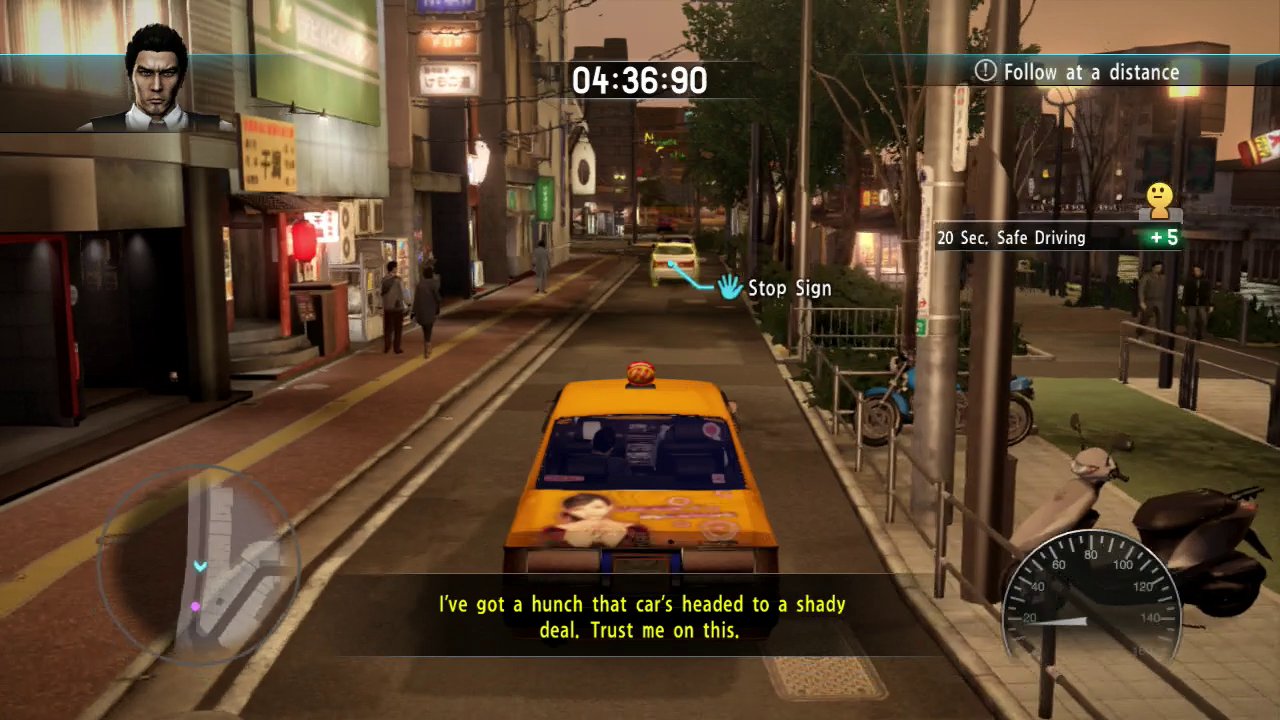
-
yakuza-5 #12

-
yakuza-5 #13
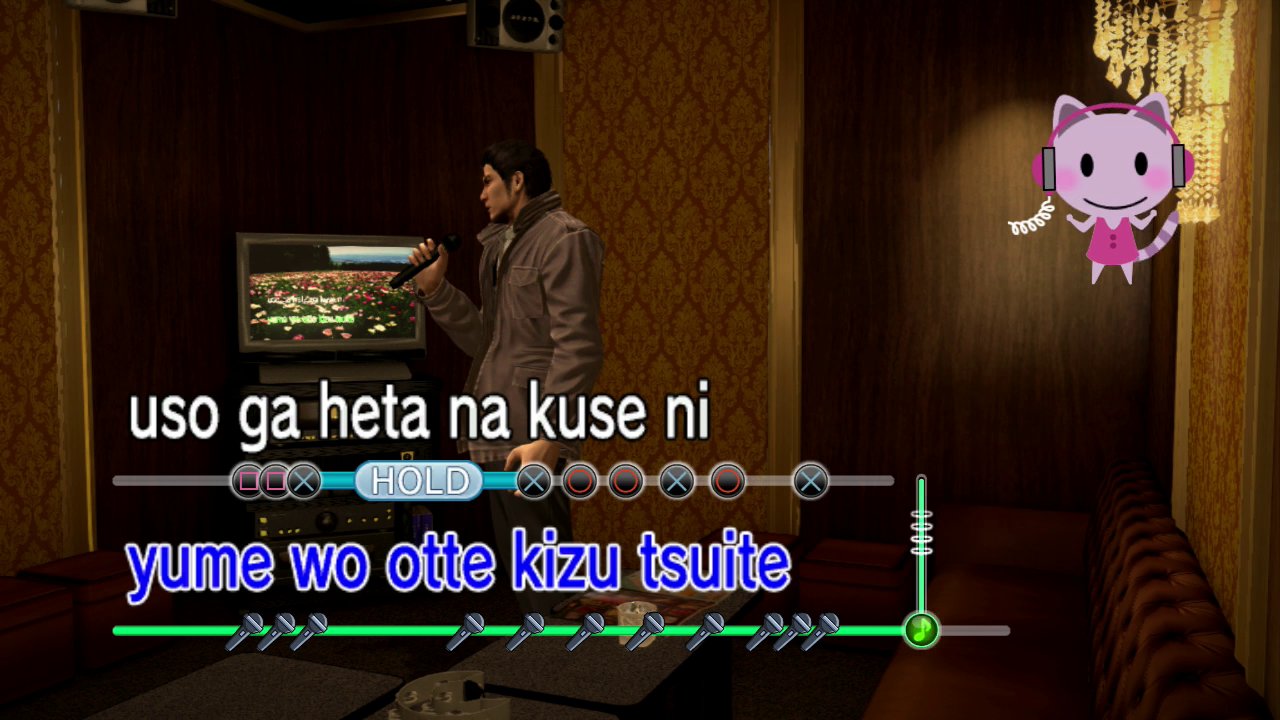
-
yakuza-5 #14
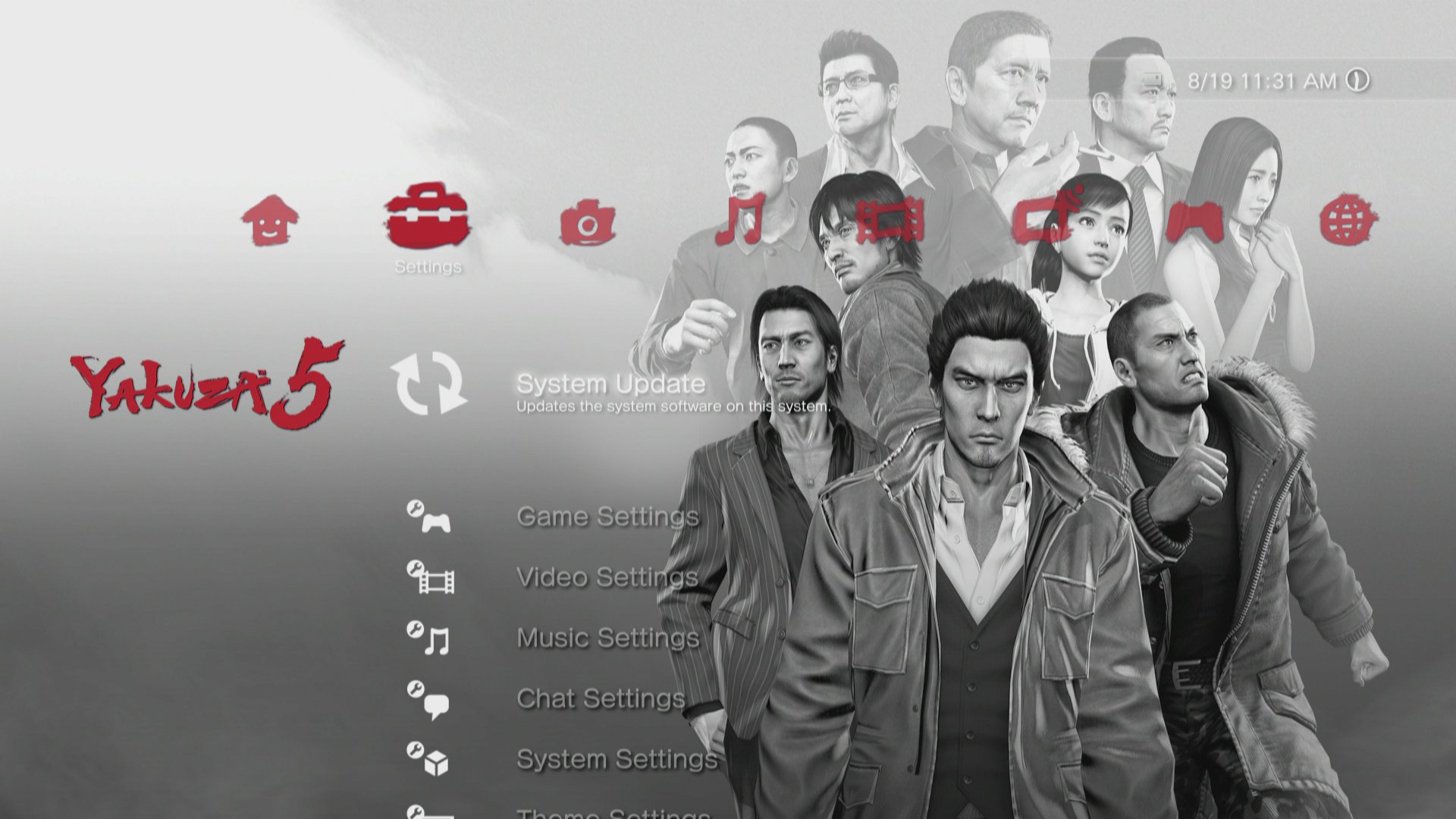
-
yakuza-5 #15
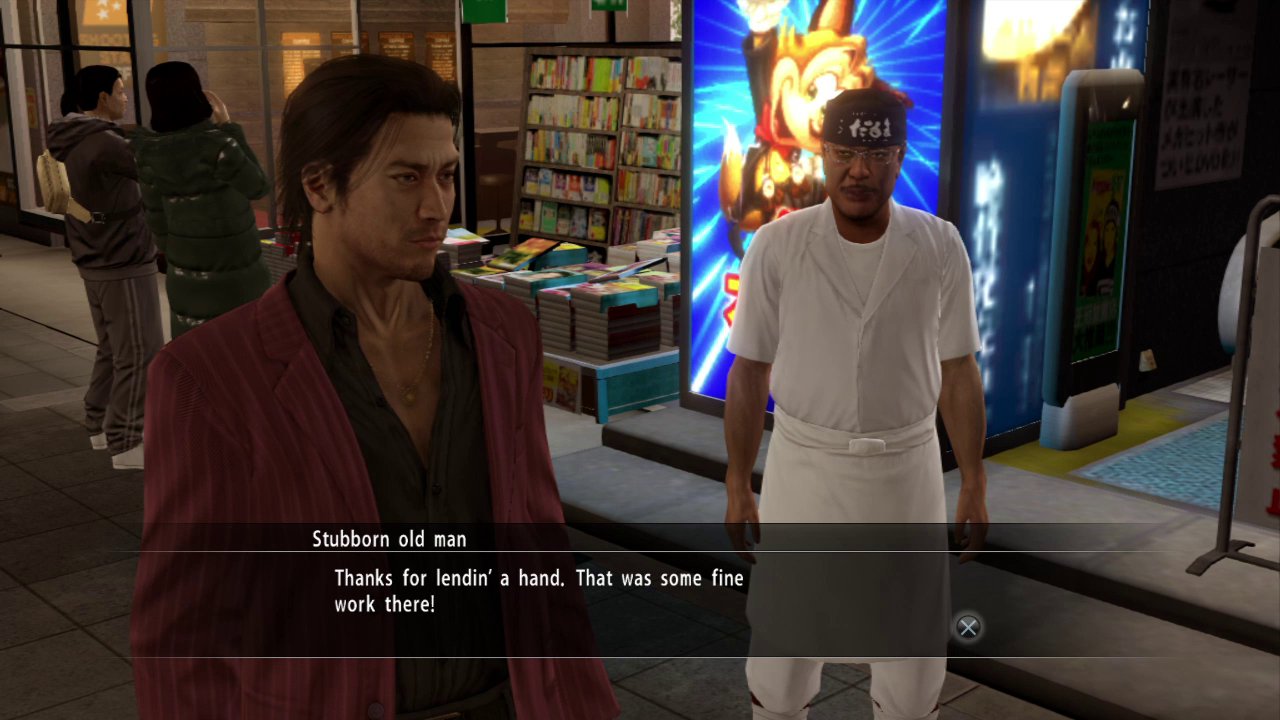
-
yakuza-5 #16
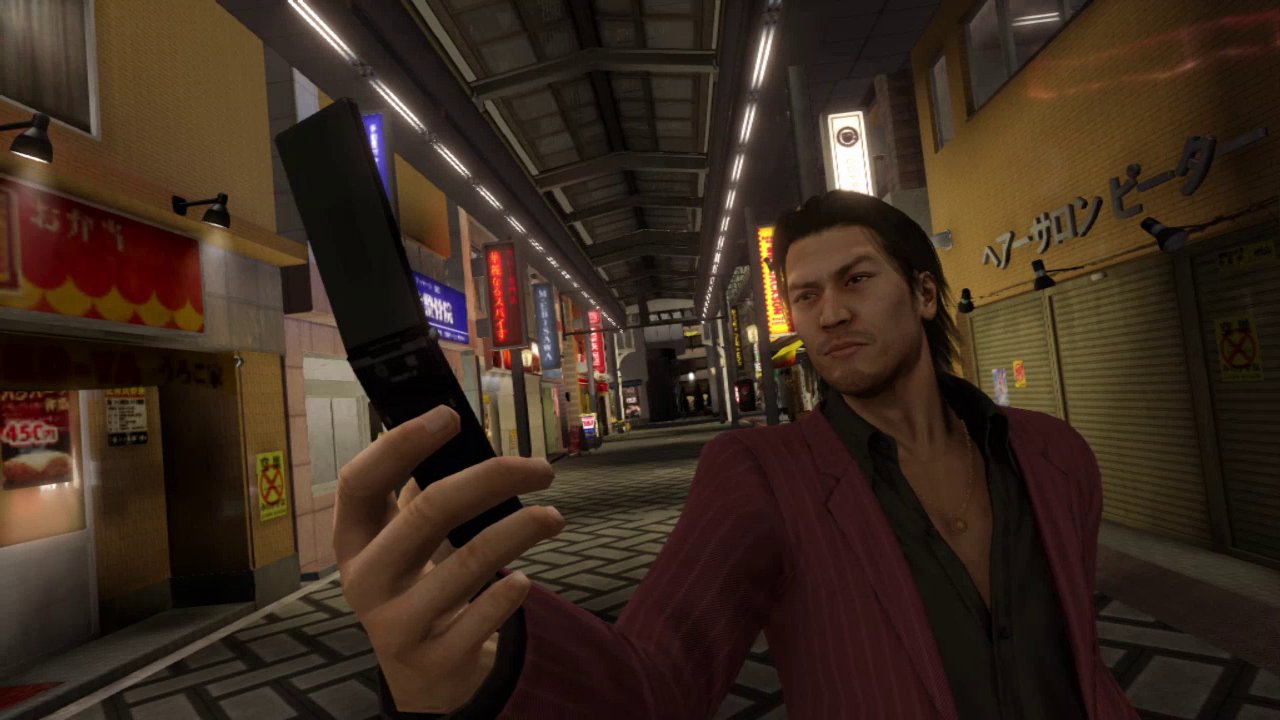
-
yakuza-5 #17
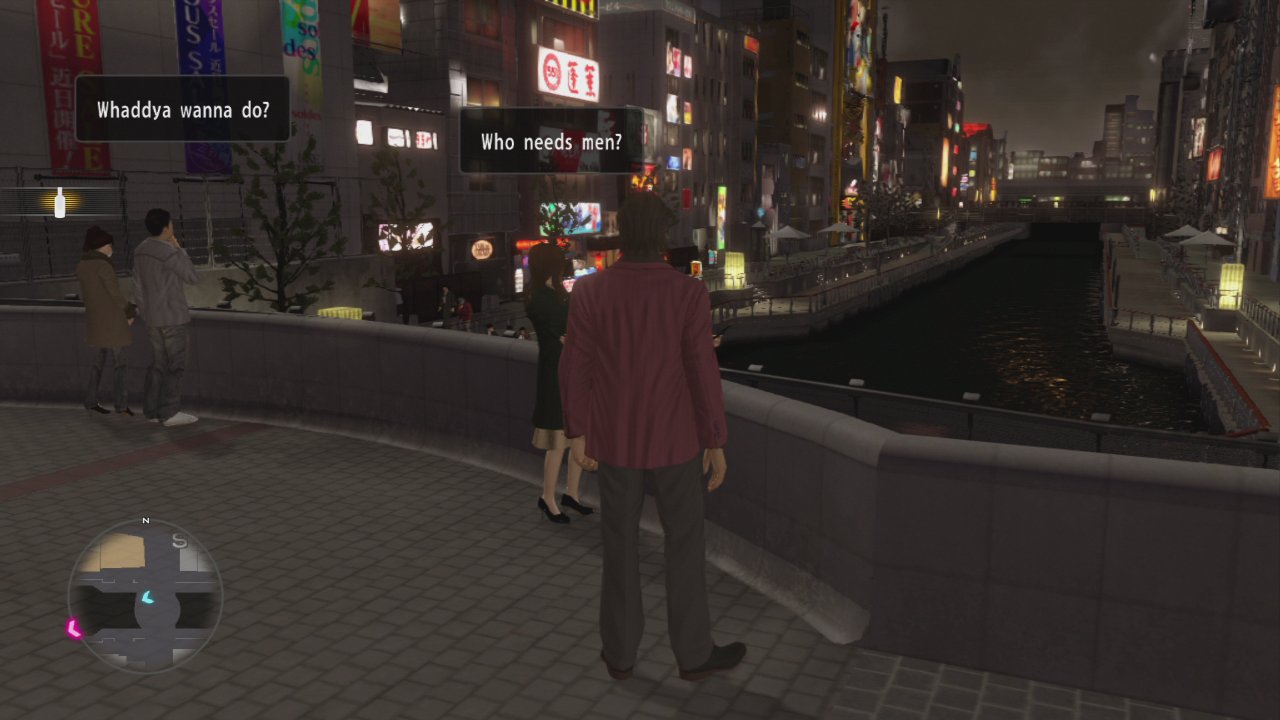
-
yakuza-5 #18
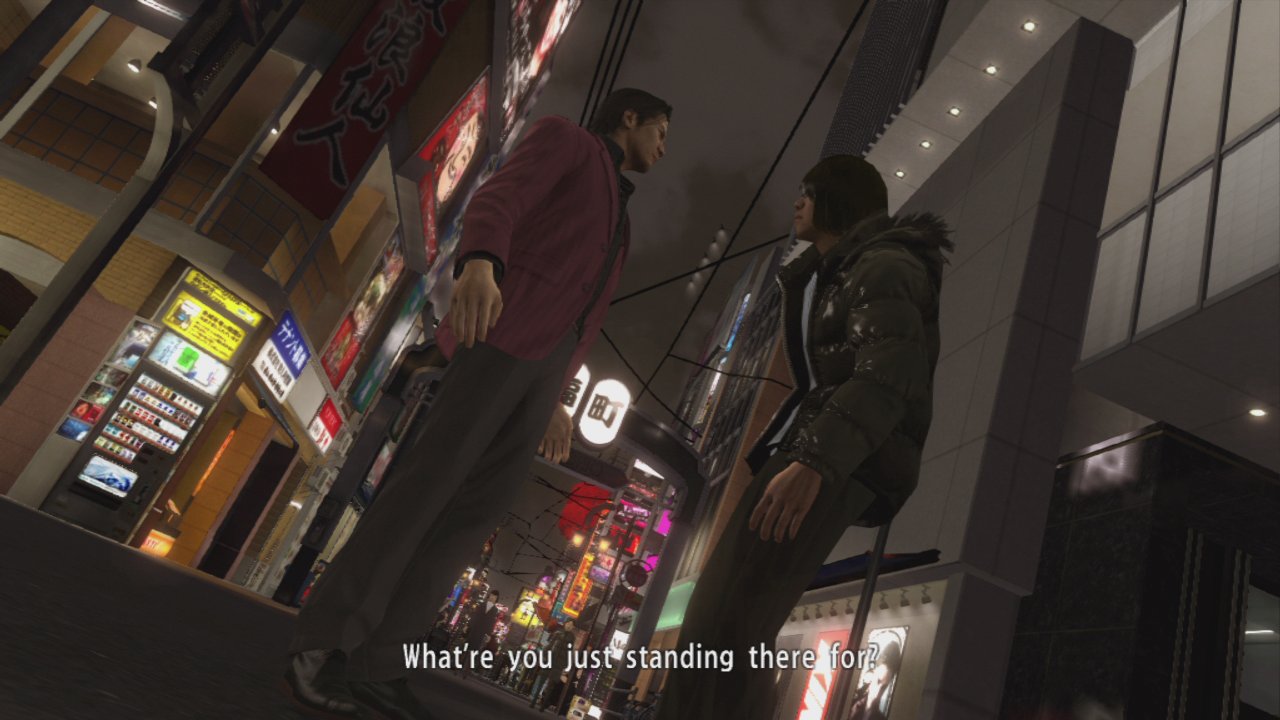
-
yakuza-5 #19

-
yakuza-5 #20
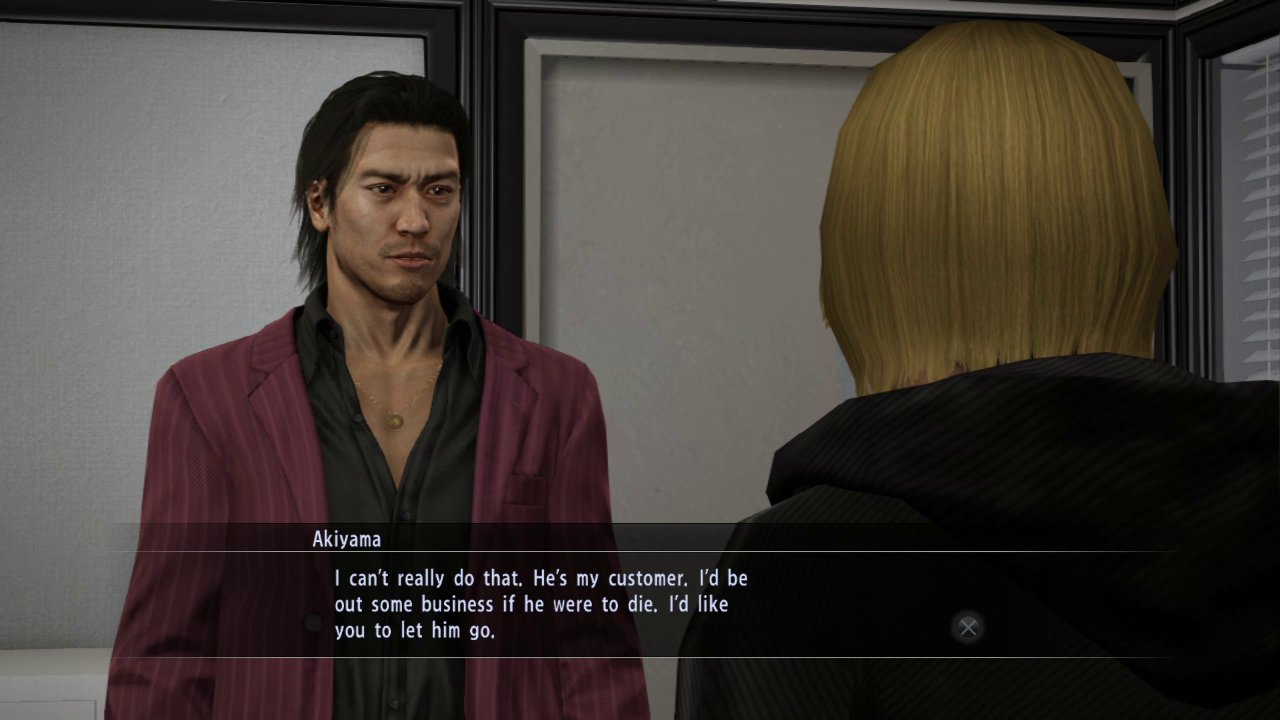
-
yakuza-5 #21
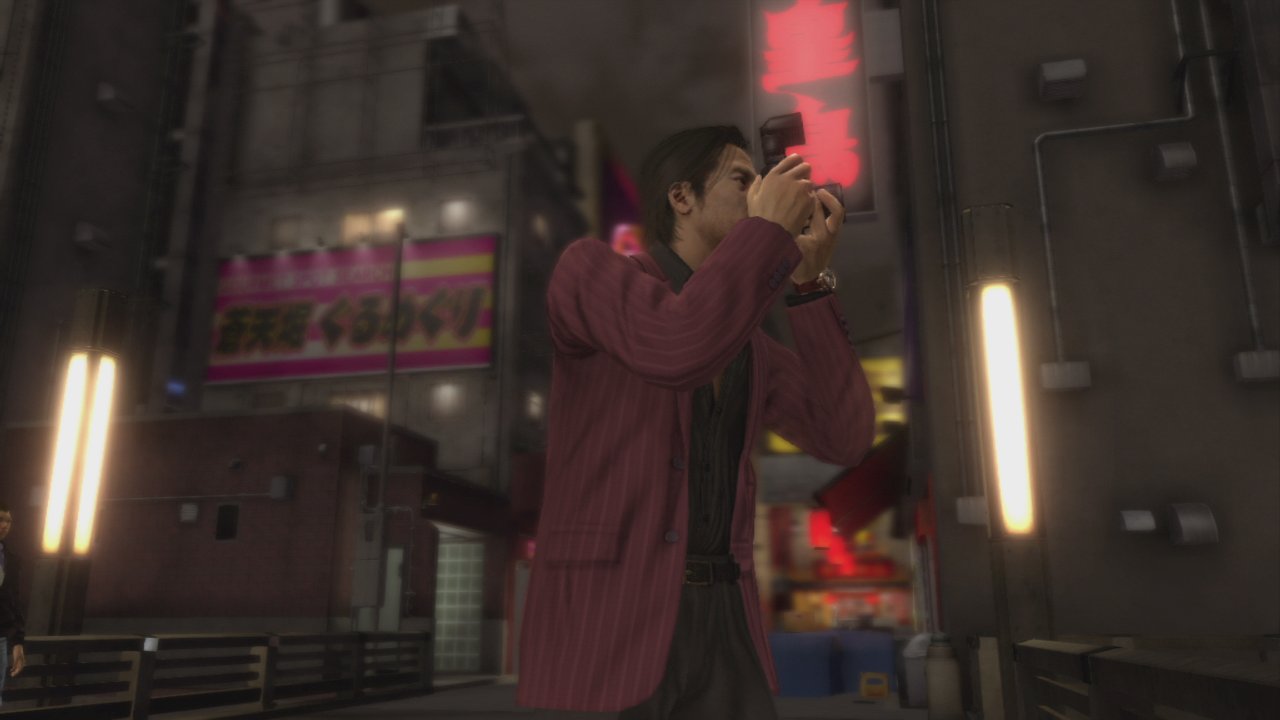
-
yakuza-5 #22
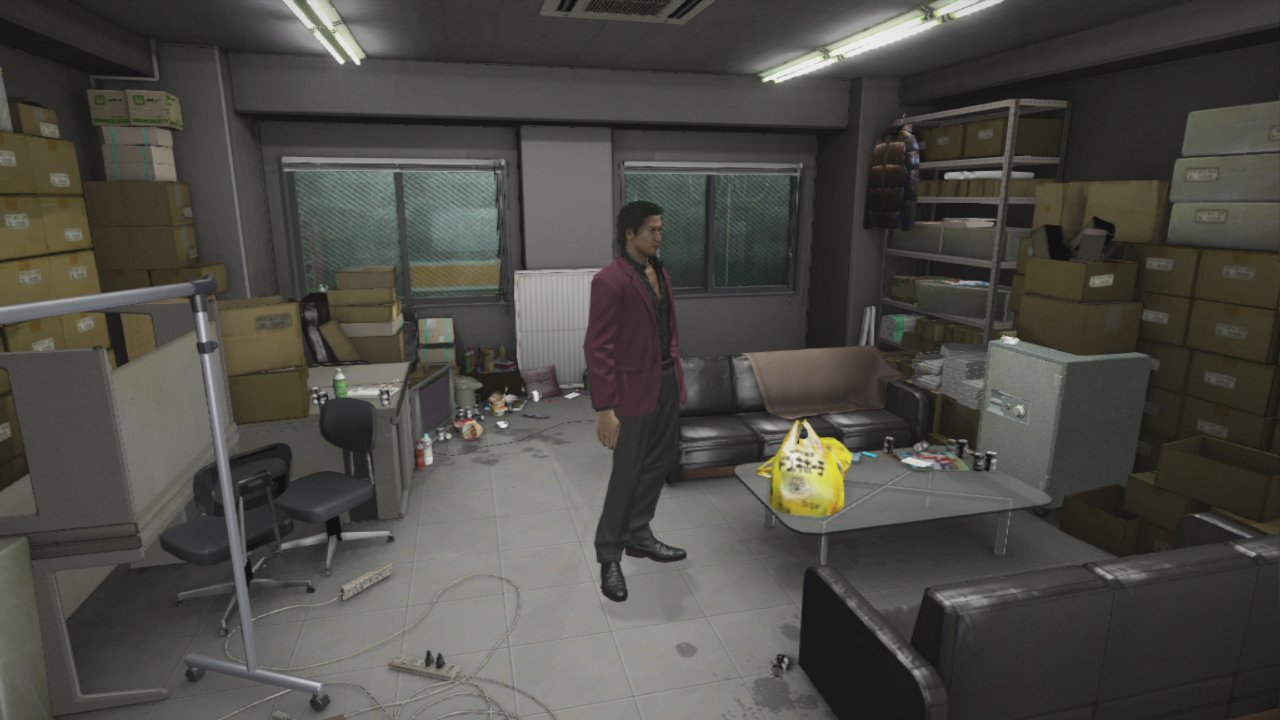
-
yakuza-5 #23
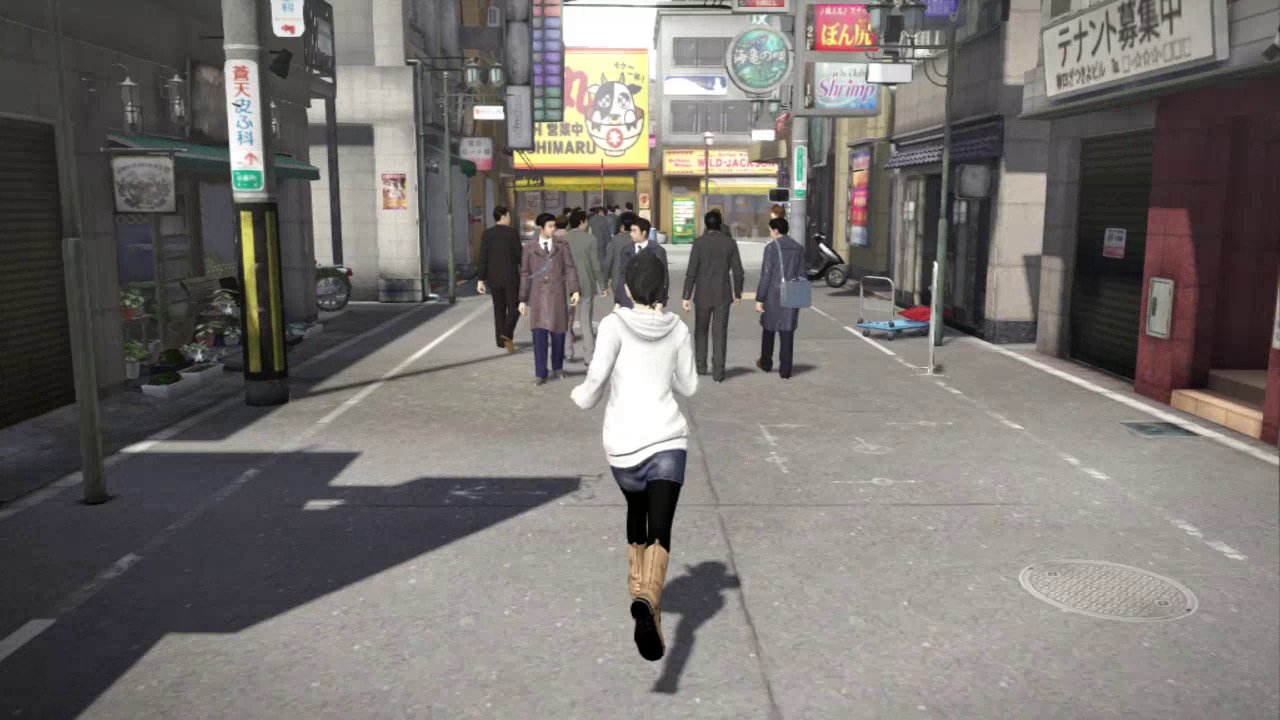
-
yakuza-5 #24
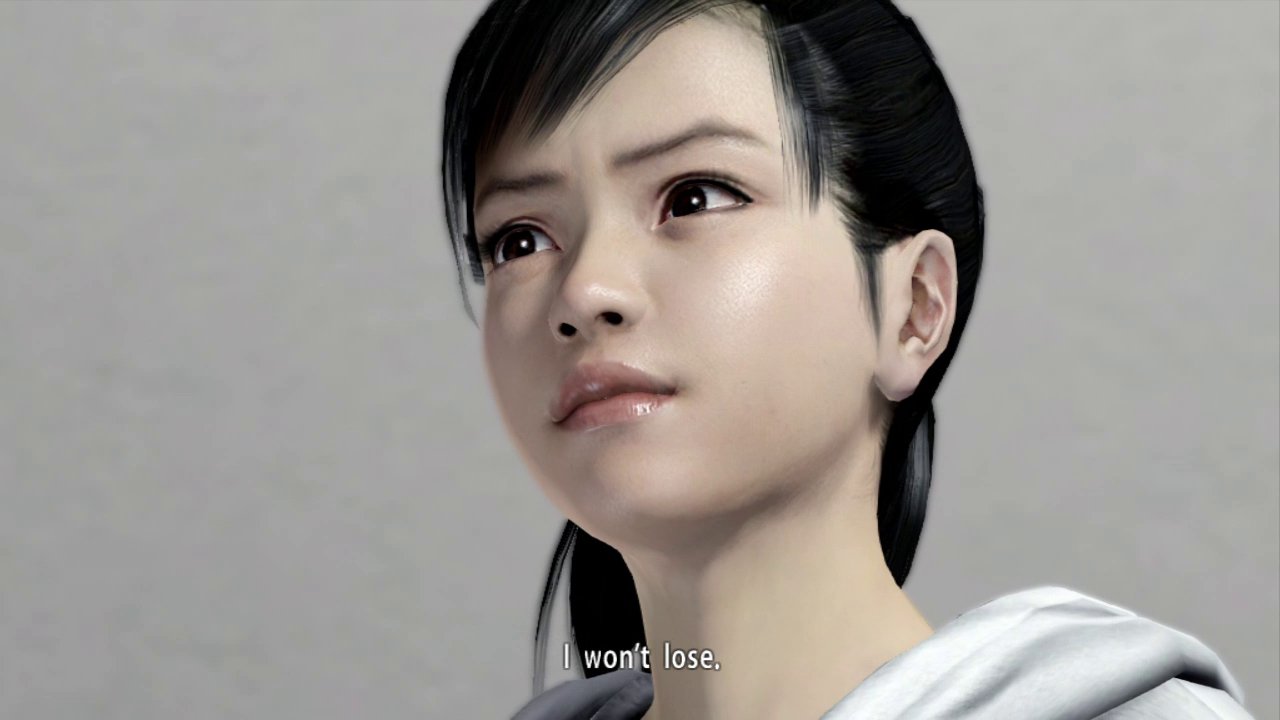
-
yakuza-5 #25
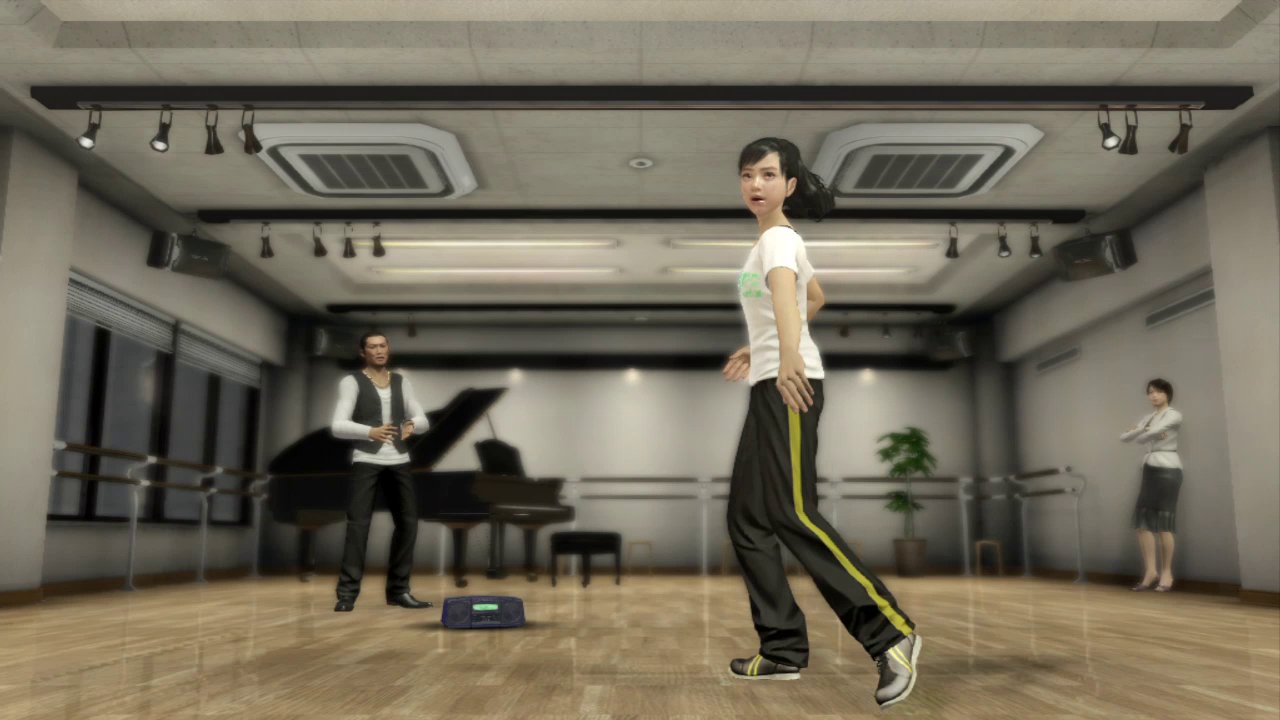
-
yakuza-5 #26
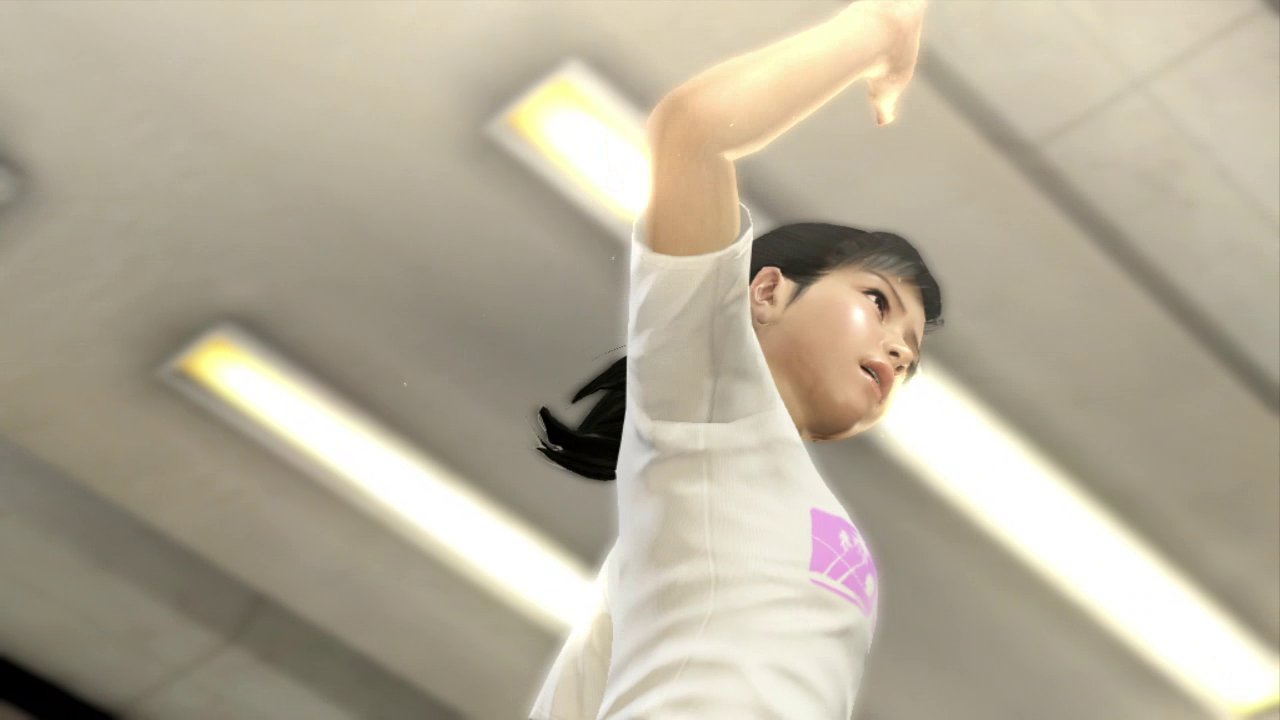
-
yakuza-5 #27

-
yakuza-5 #28
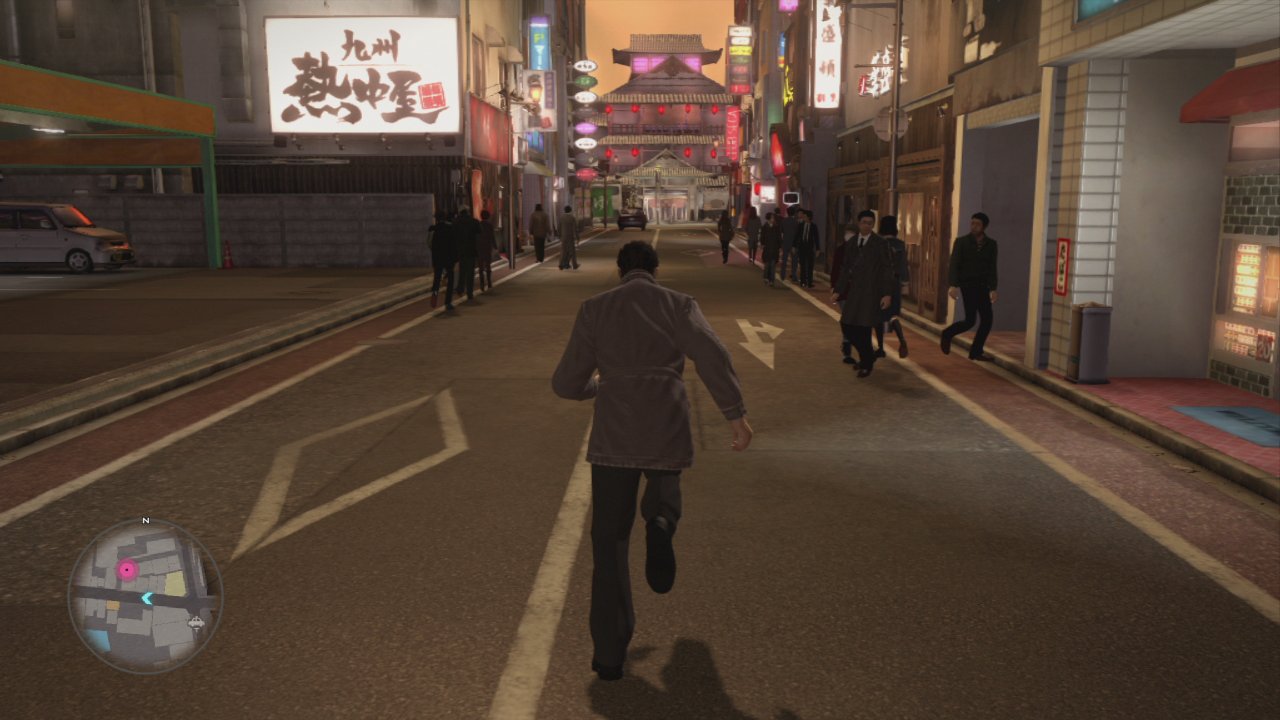
-
yakuza-5 #29

-
yakuza-5 #30

-
yakuza-5 #31
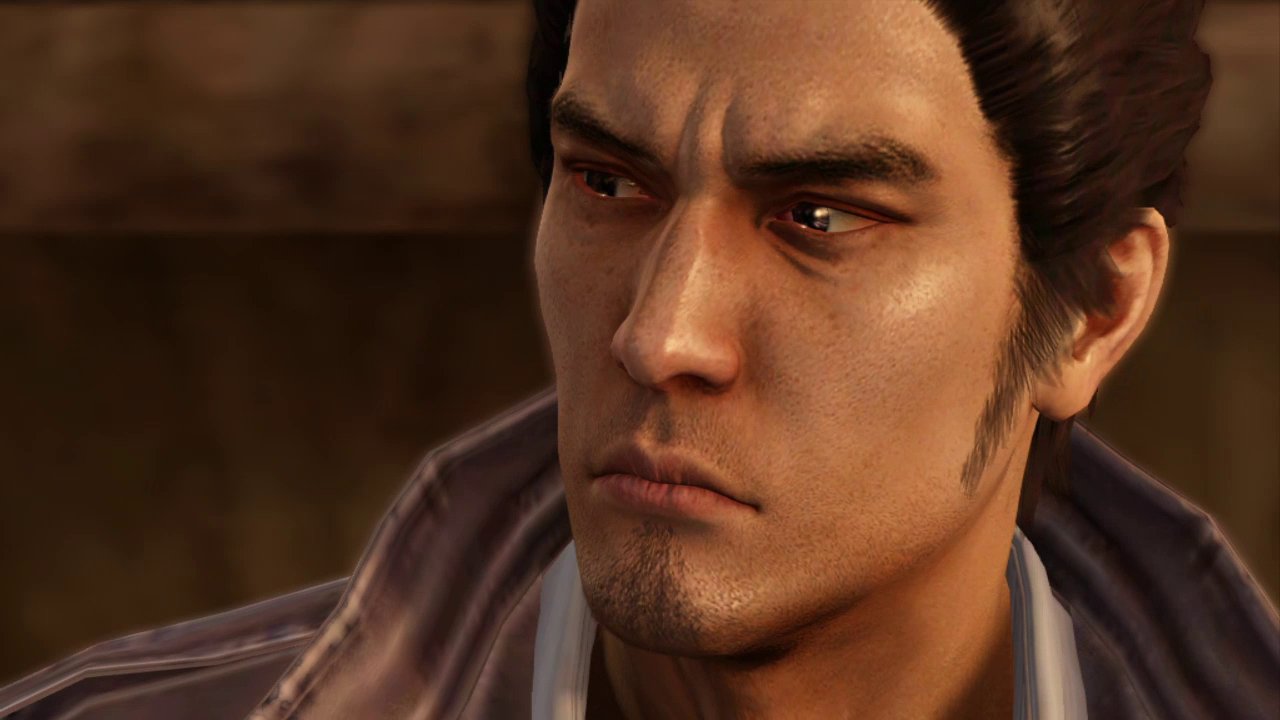
-
yakuza-5 #32
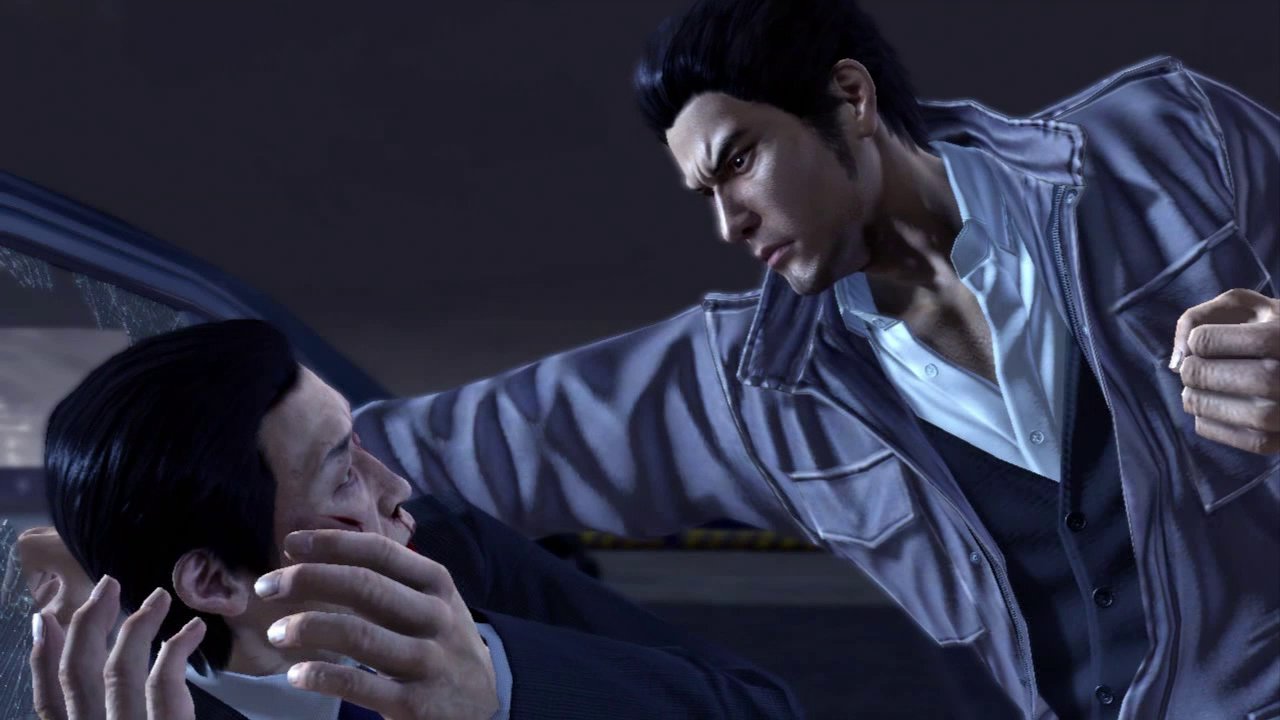
-
yakuza-5 #33
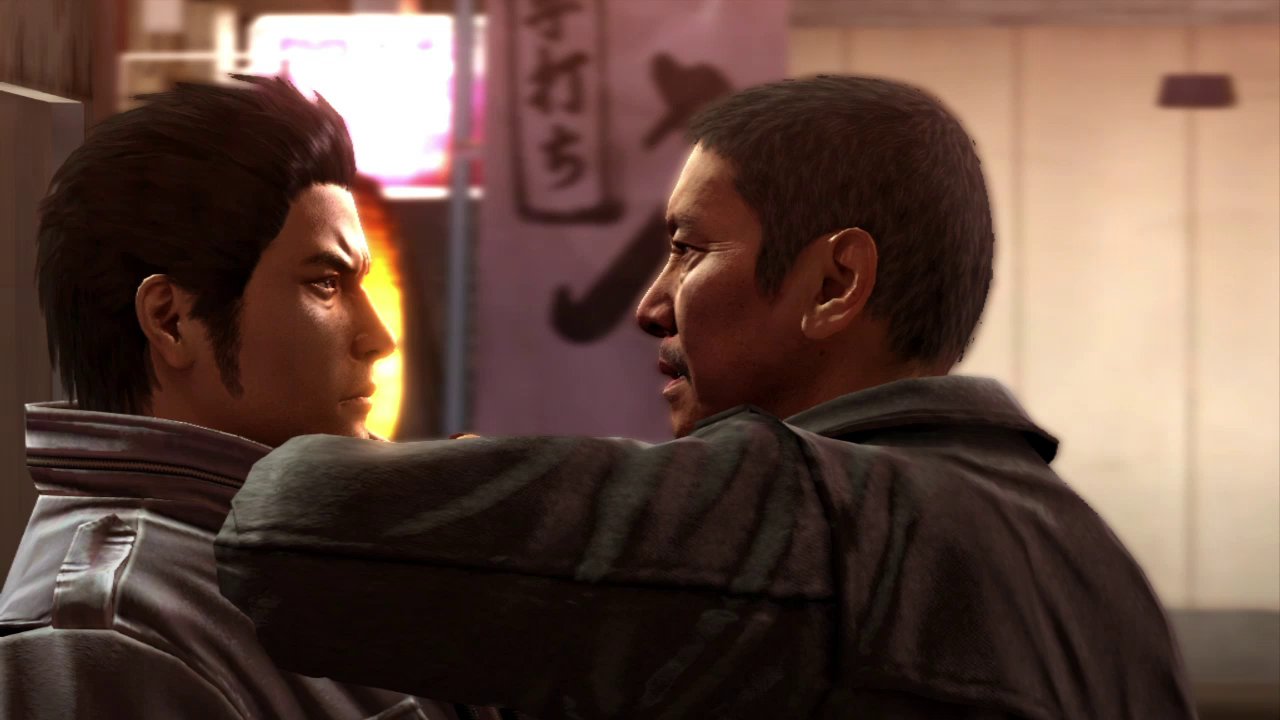
-
yakuza-5 #34

-
yakuza-5 #35
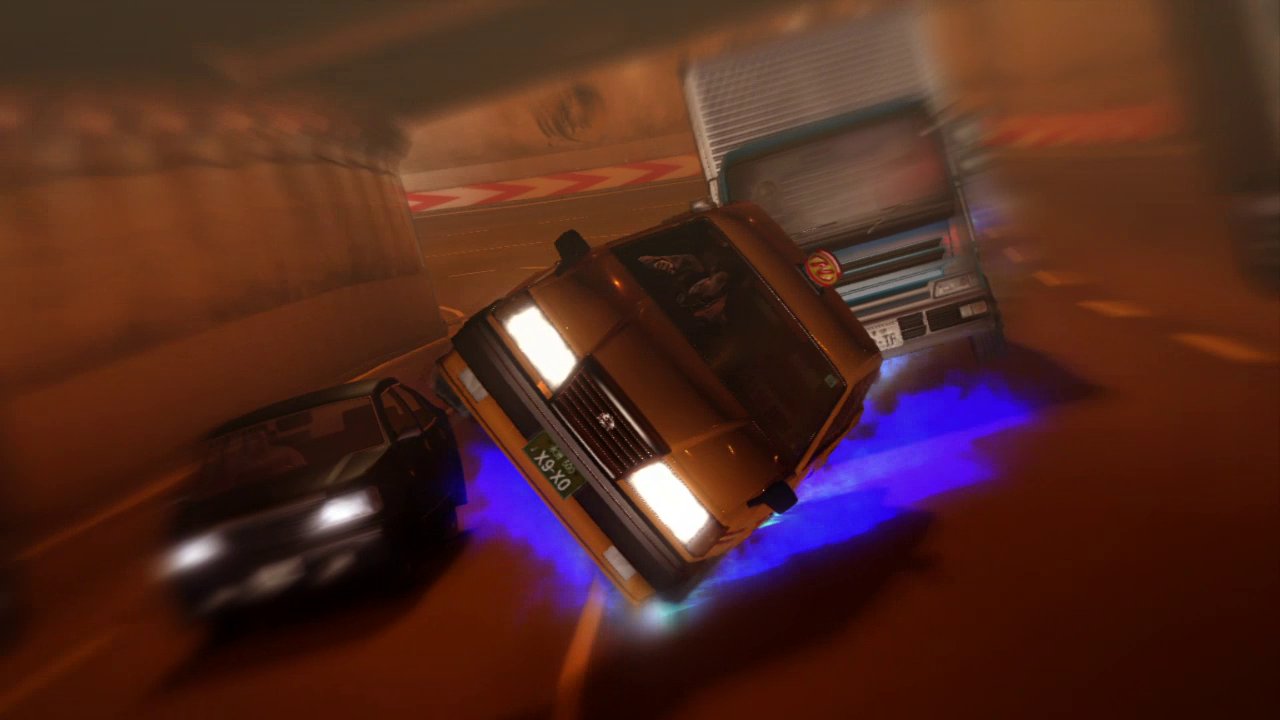
-
yakuza-5 #36
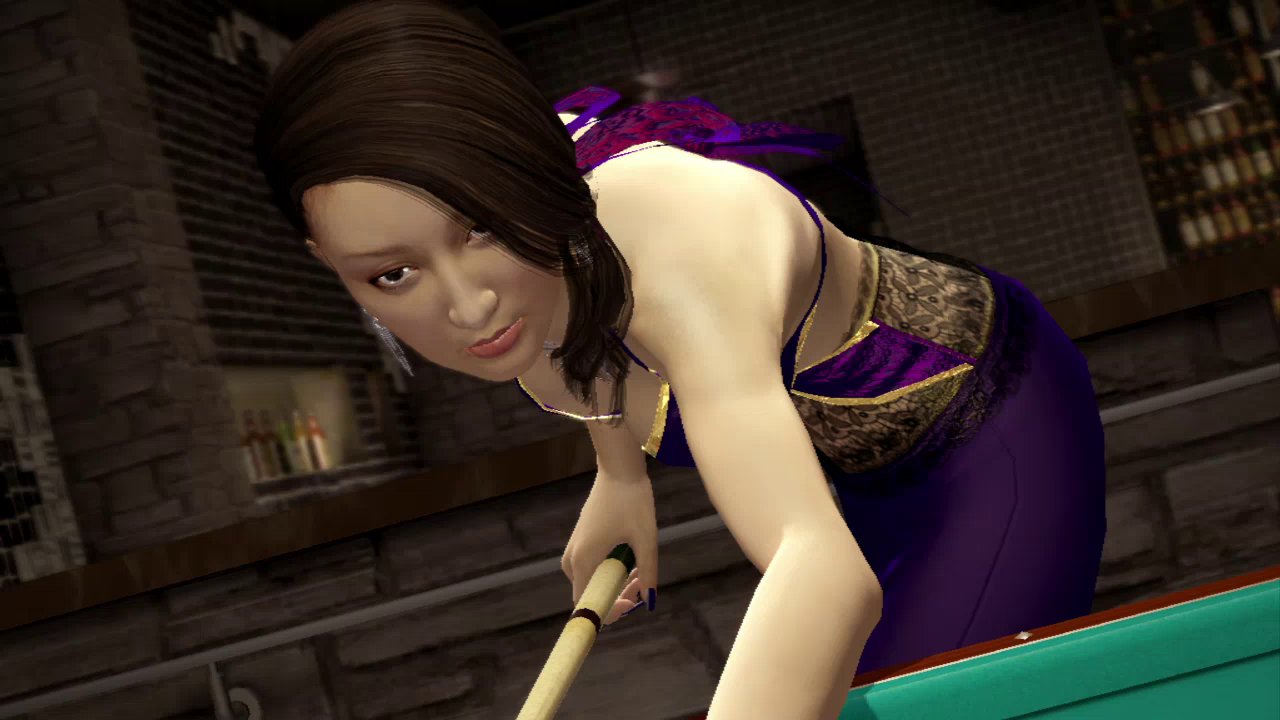
-
yakuza-5 #37
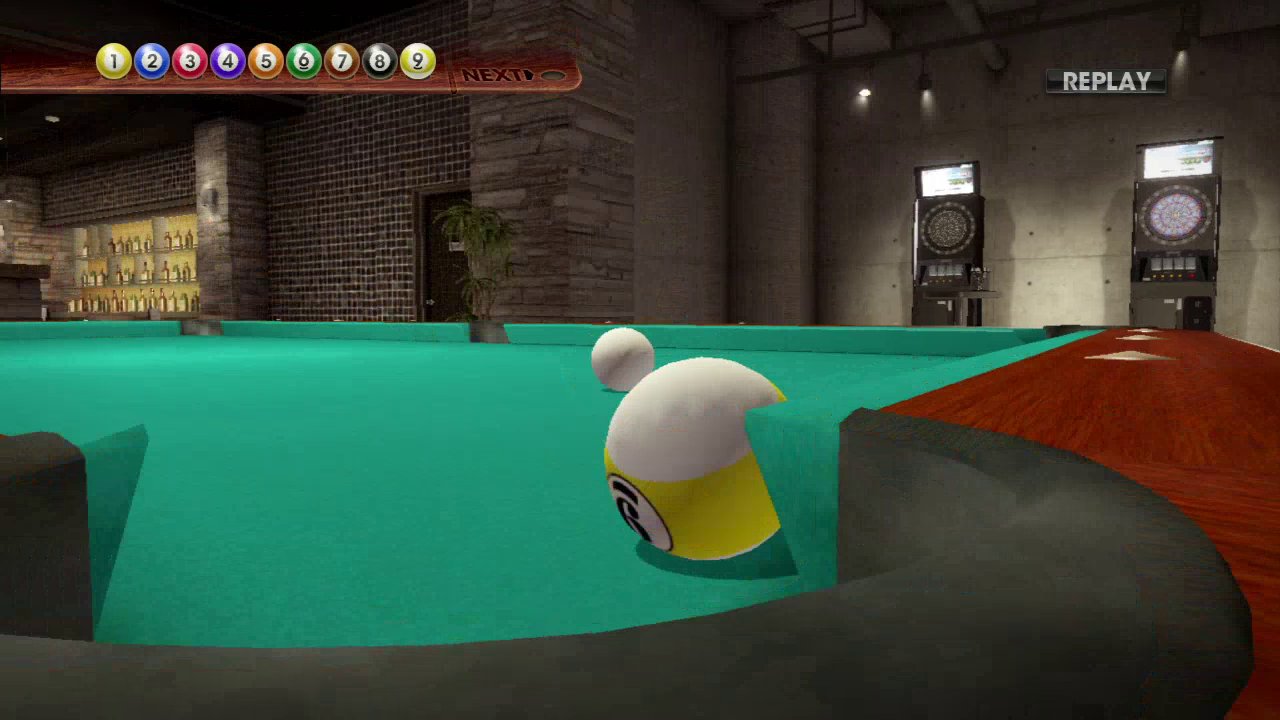
-
yakuza-5 #38
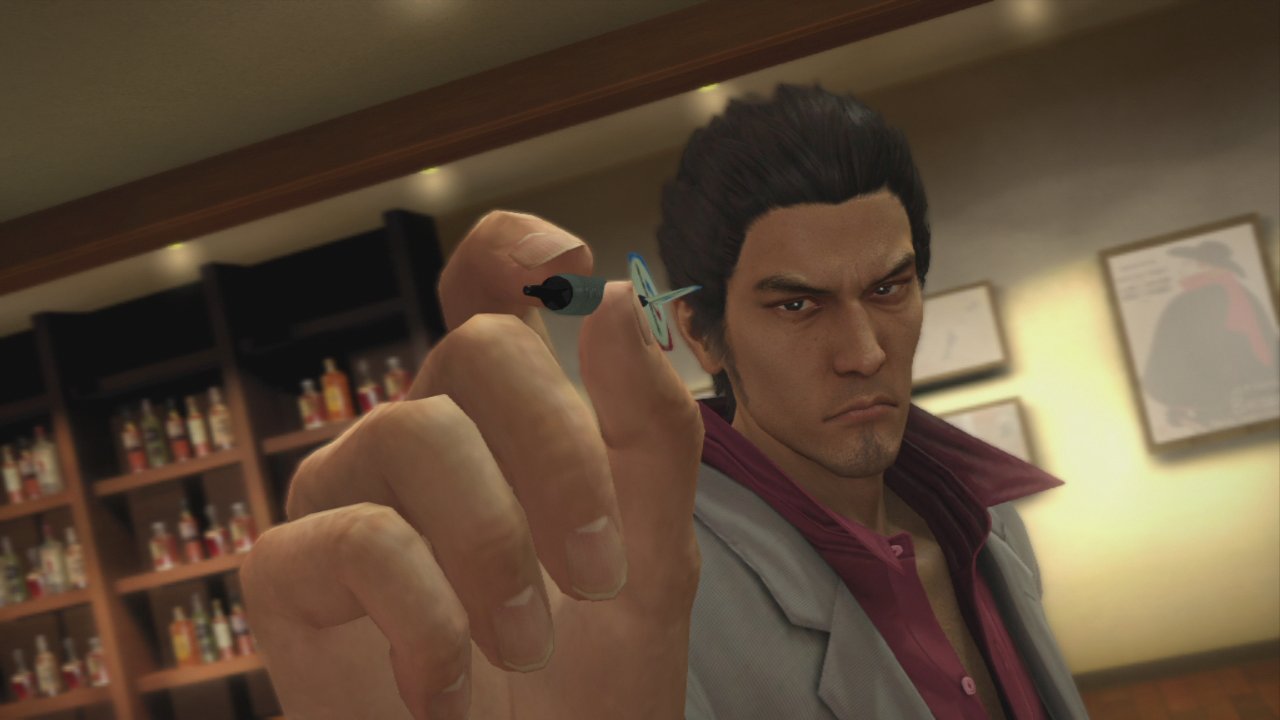
-
yakuza-5 #39
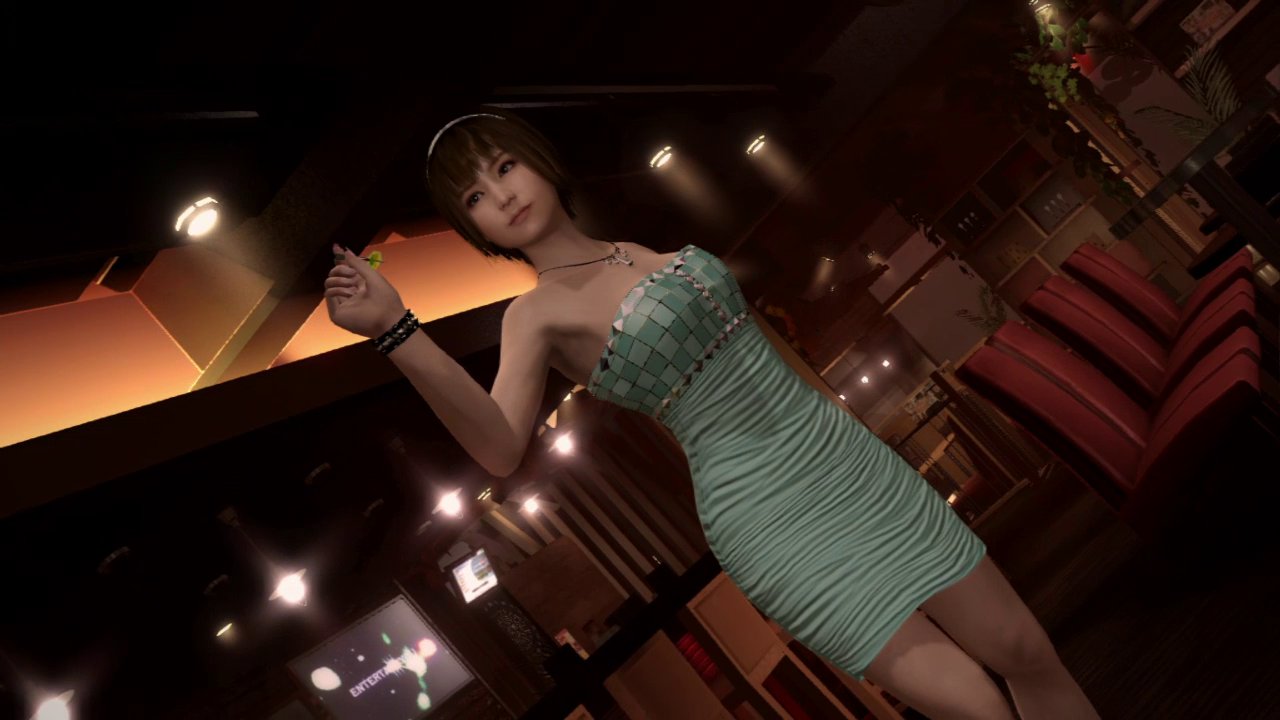
-
yakuza-5 #40

-
yakuza-5 #41

-
yakuza-5 #42

-
yakuza-5 #43
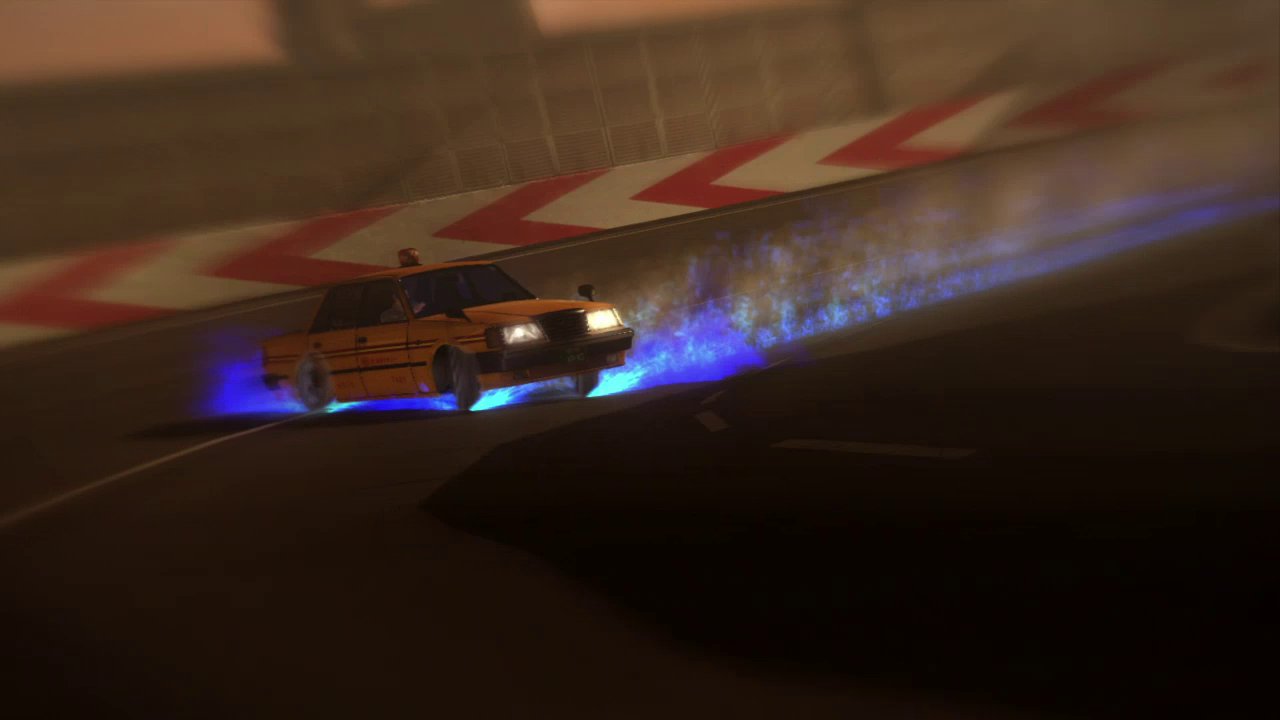
-
yakuza-5 #44
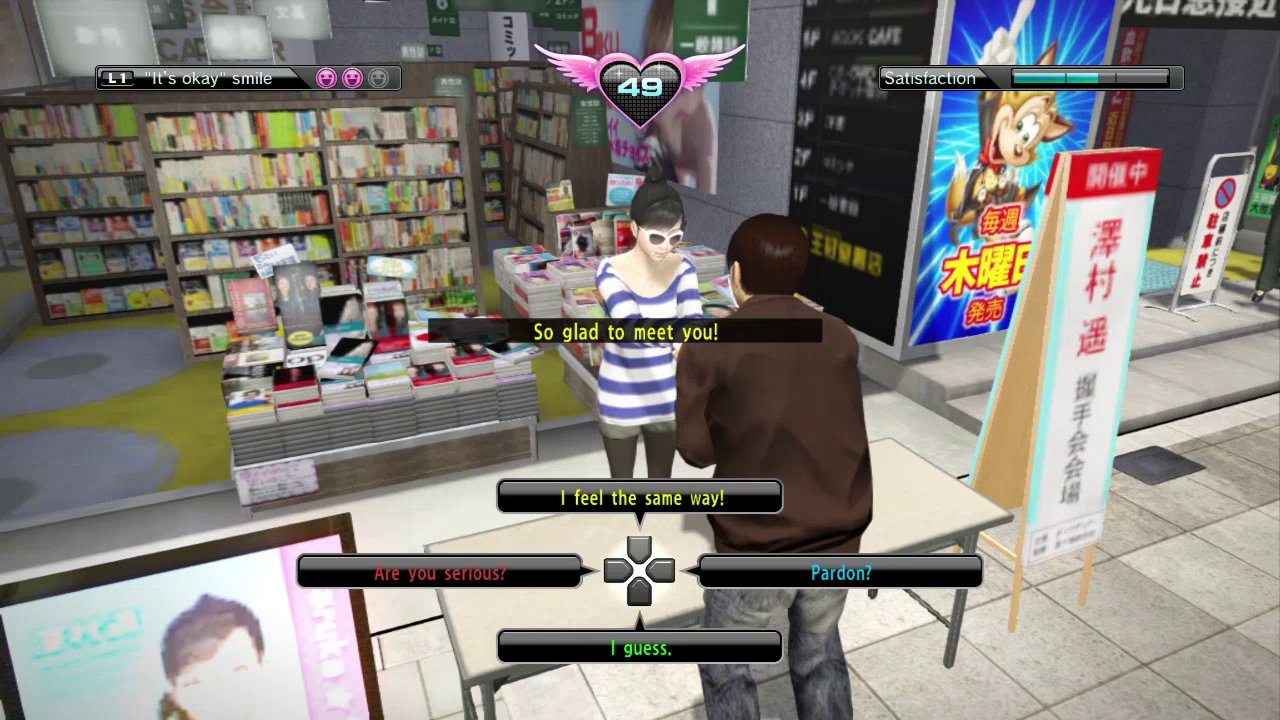
-
yakuza-5 #45
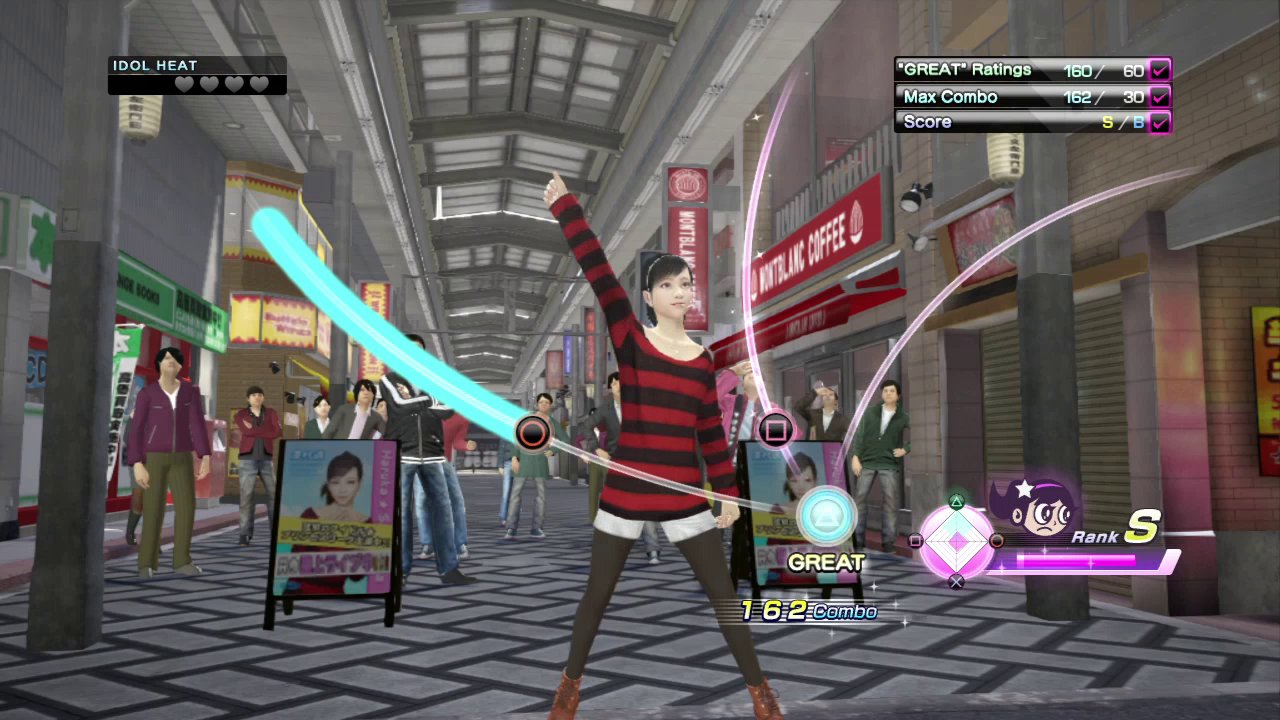
-
yakuza-5 #46

-
yakuza-5 #47
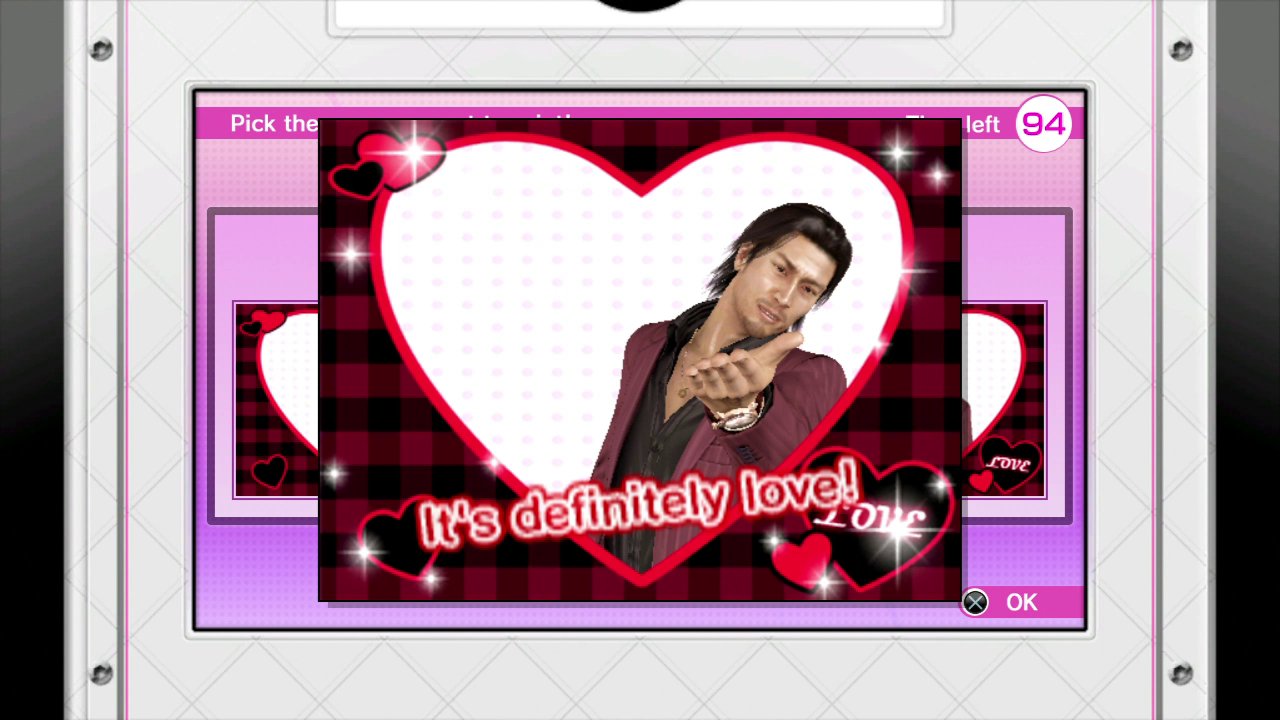
-
yakuza-5 #48
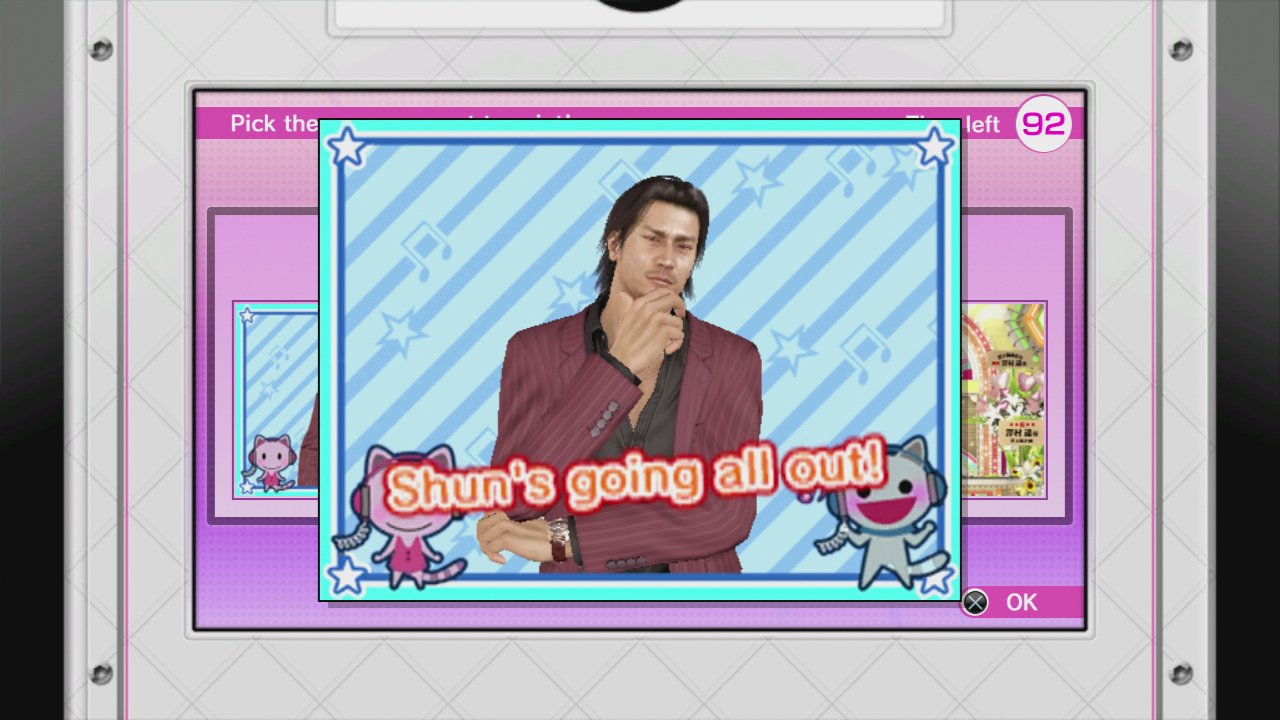
-
yakuza-5 #49
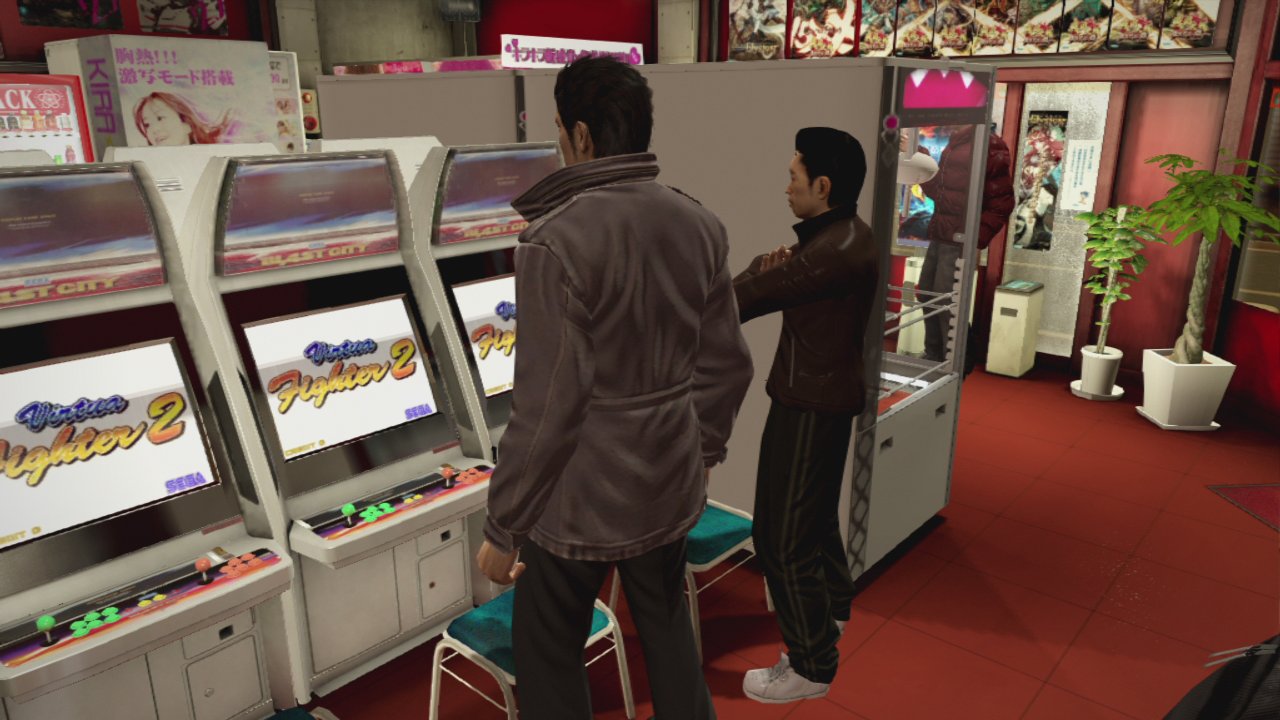
-
yakuza-5 #50
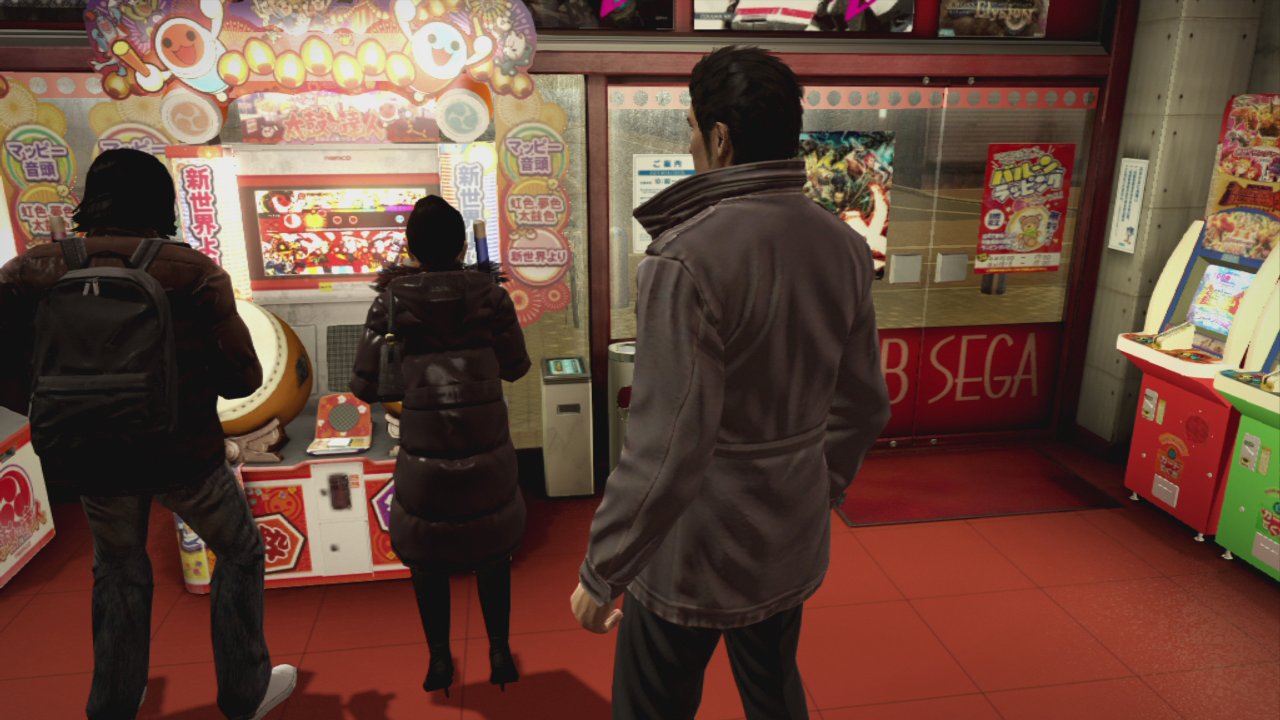
-
yakuza-5 #51
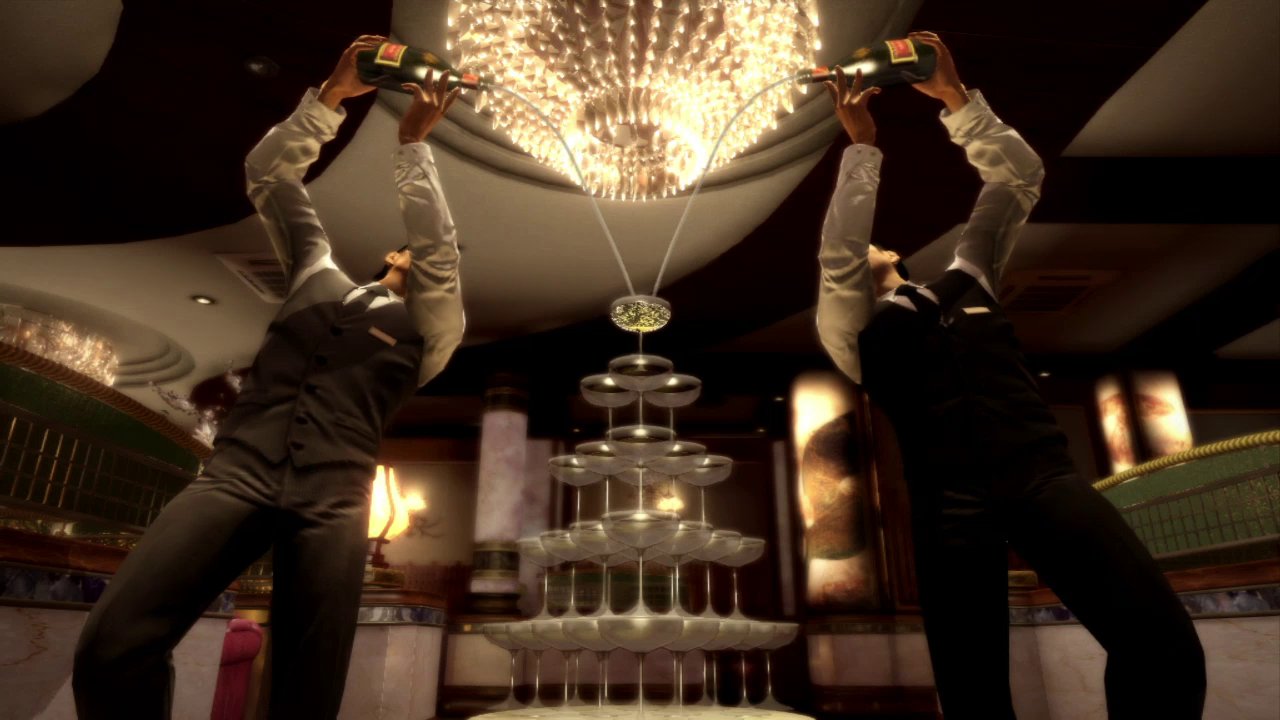
-
yakuza-5 #52

-
yakuza-5 #53
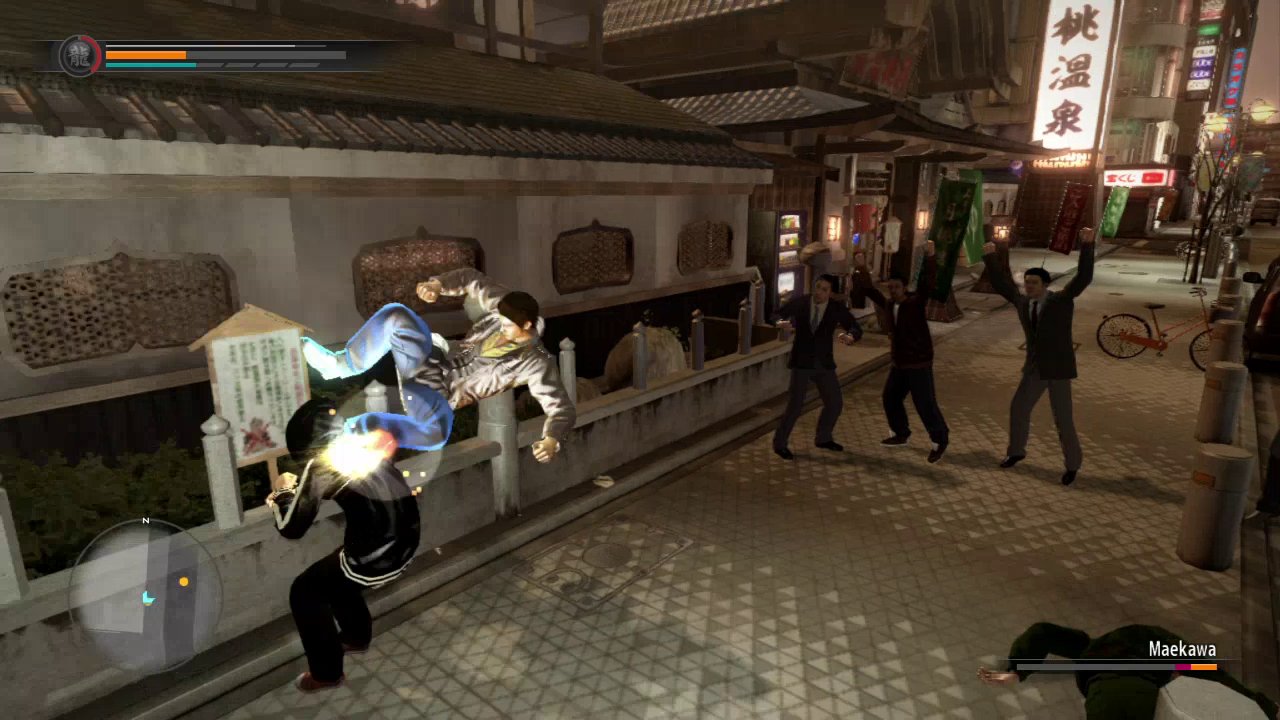
-
yakuza-5 #54
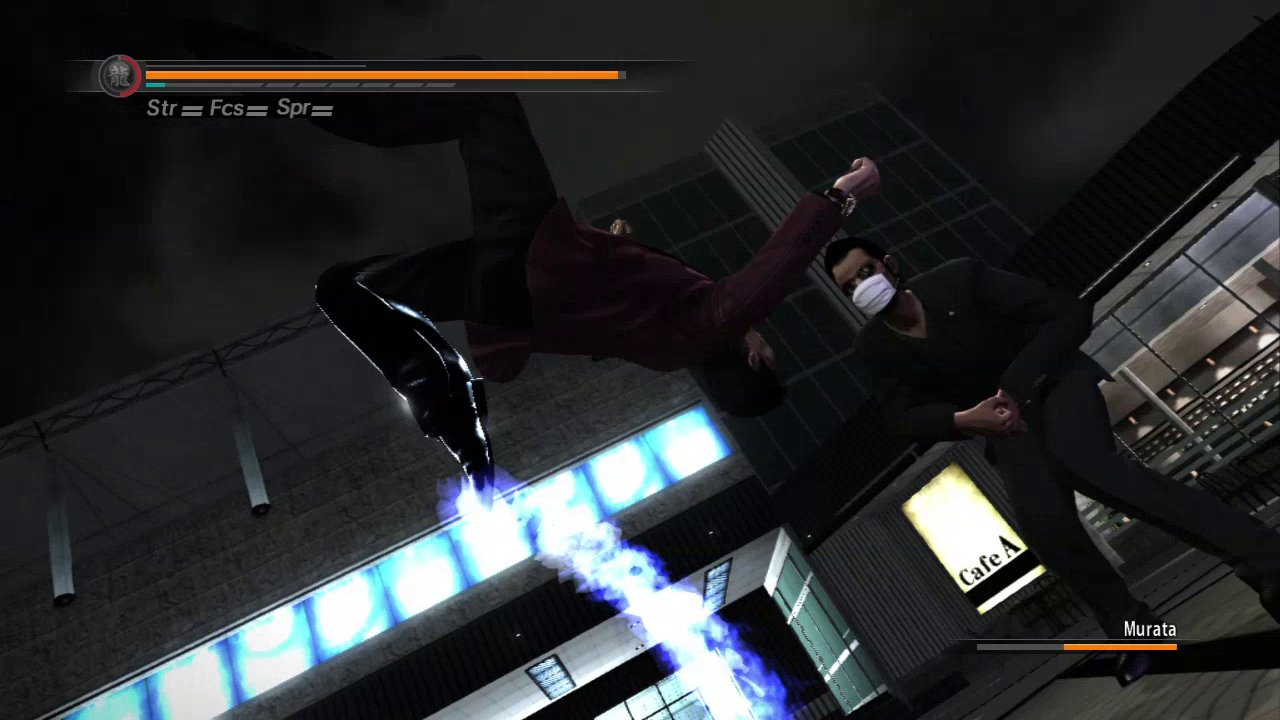
-
yakuza-5 #55
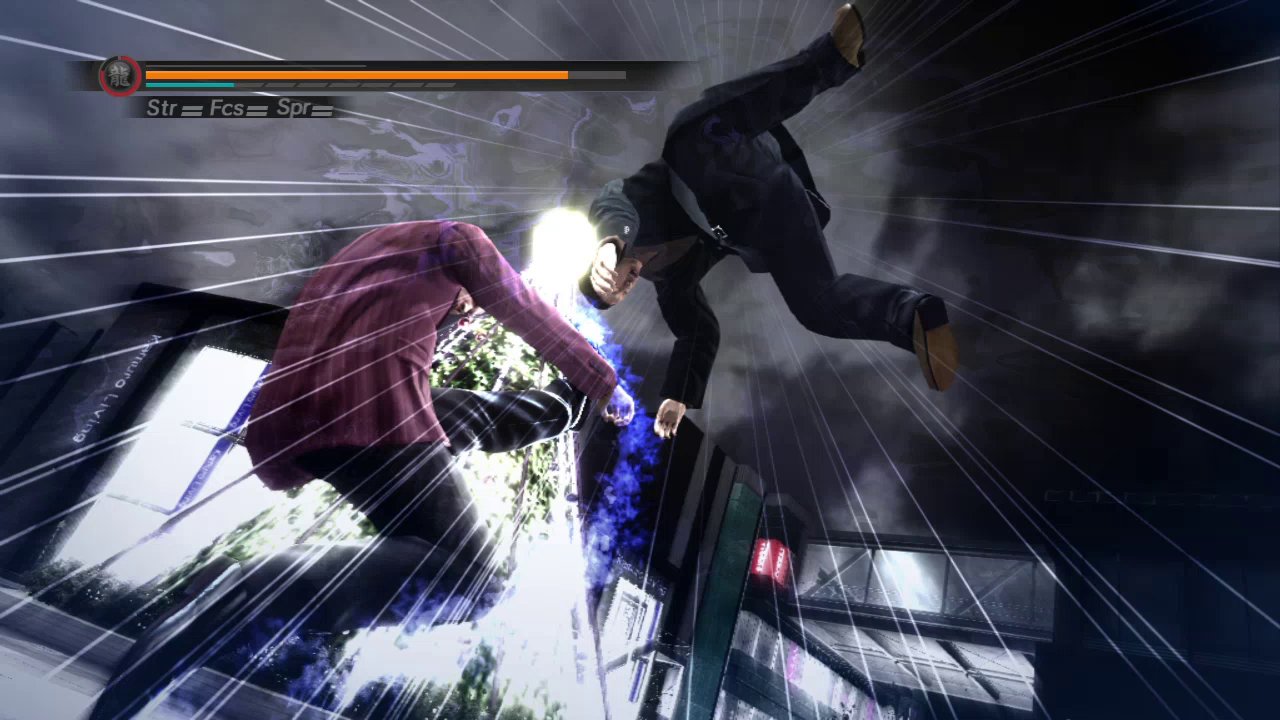
-
yakuza-5 #56
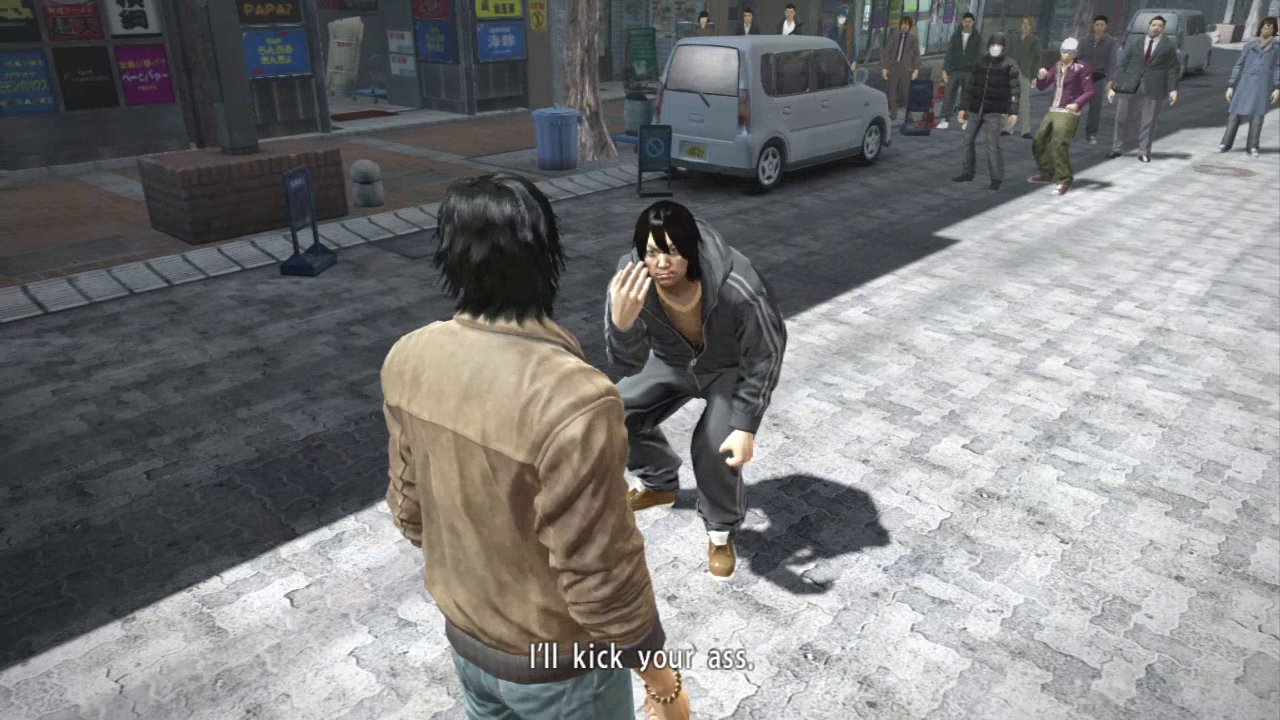
-
yakuza-5 #57

-
yakuza-5 #58
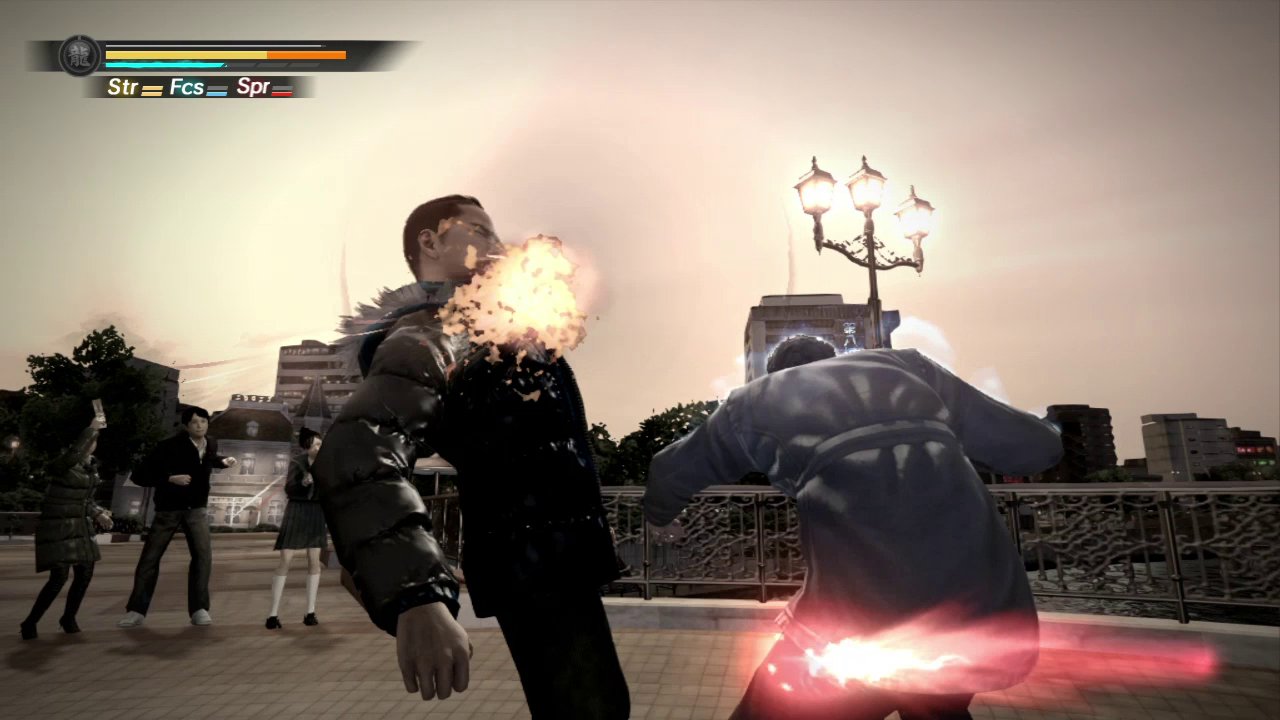
-
yakuza-5 #59
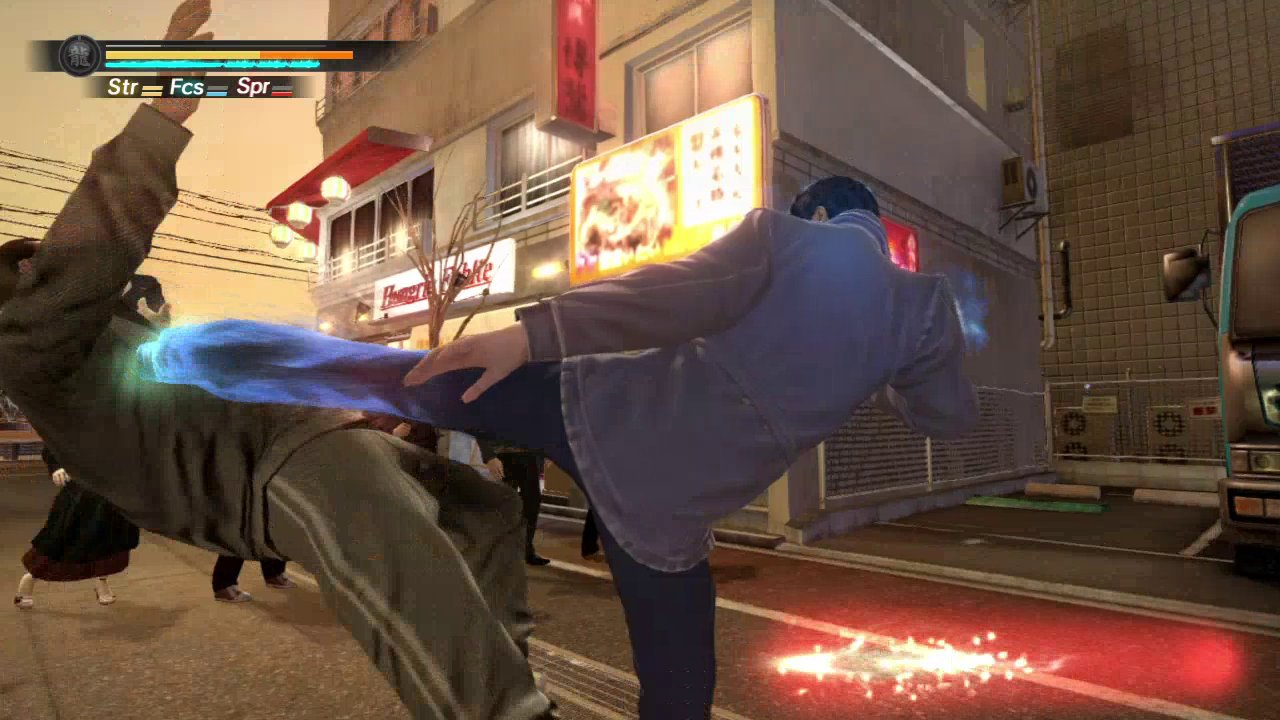
-
yakuza-5 #60
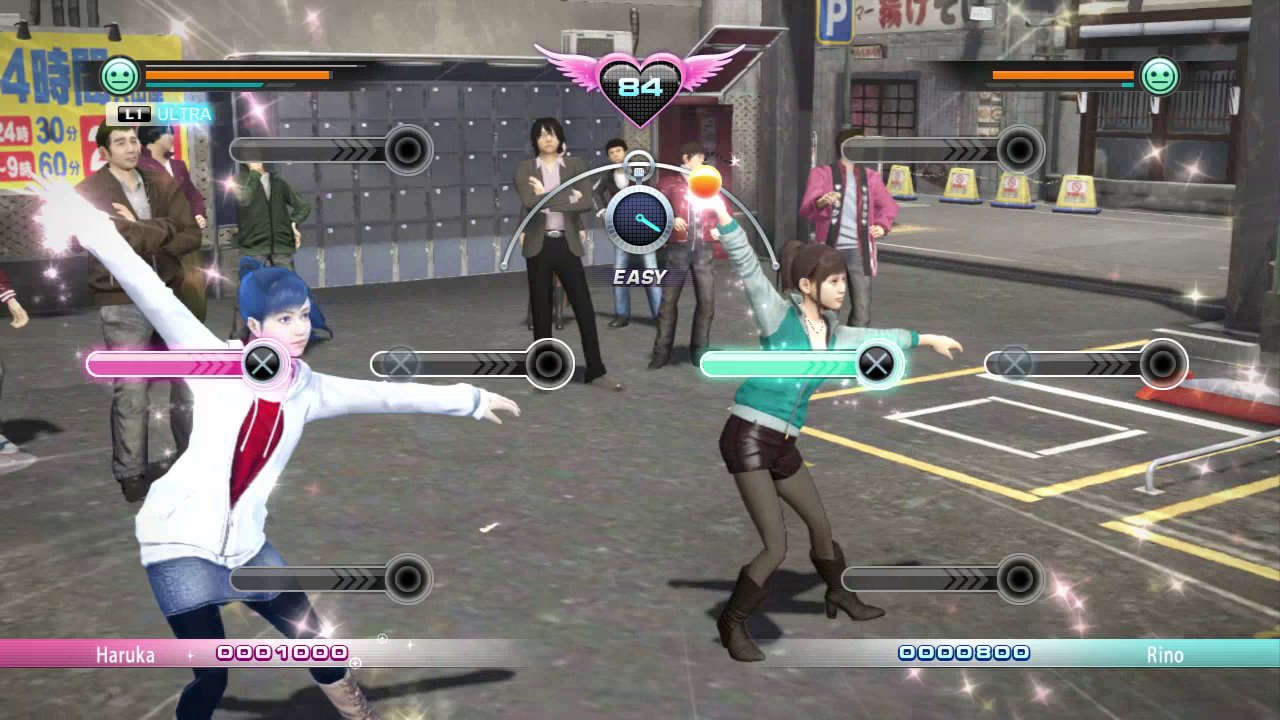
-
yakuza-5 #61
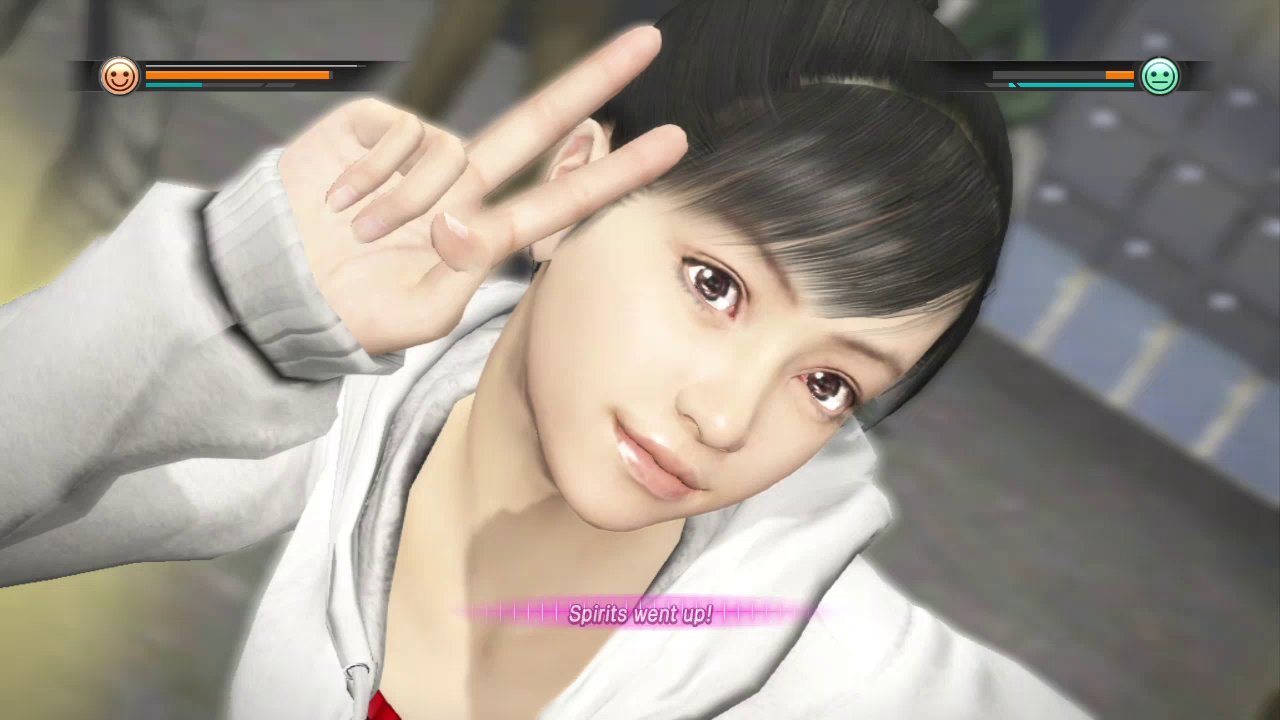
-
yakuza-5 #62
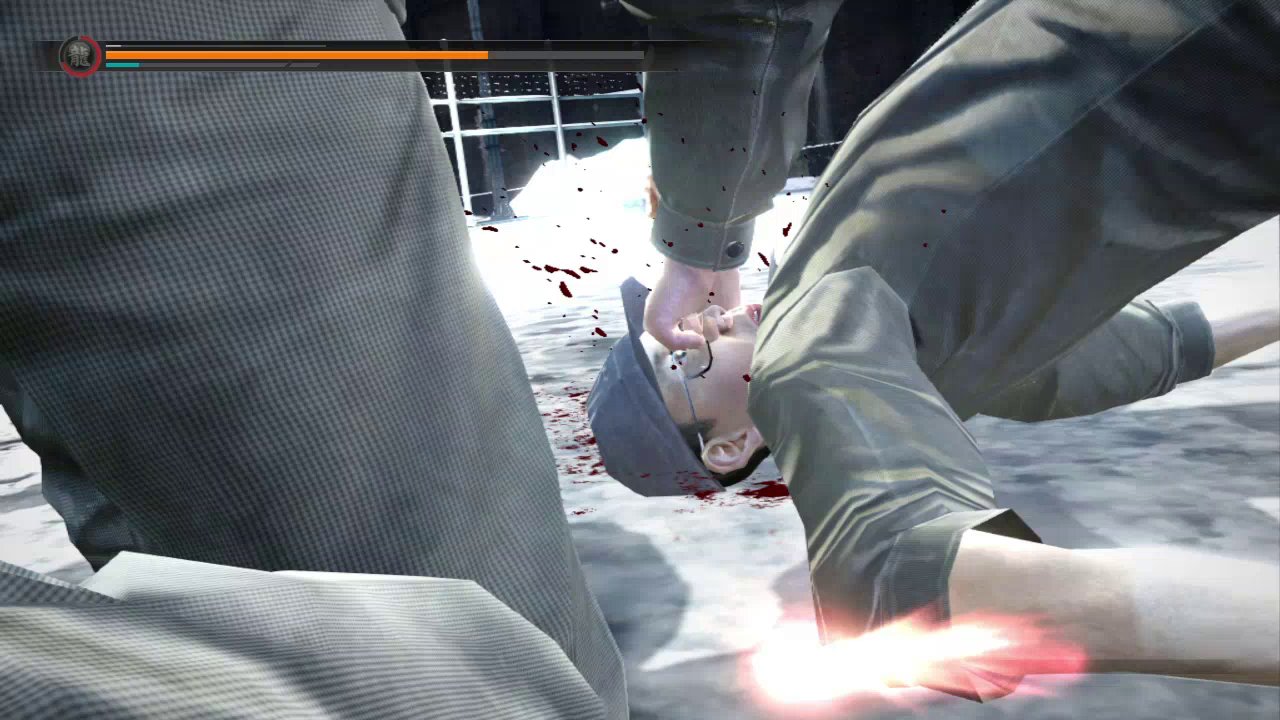
-
yakuza-5 #63
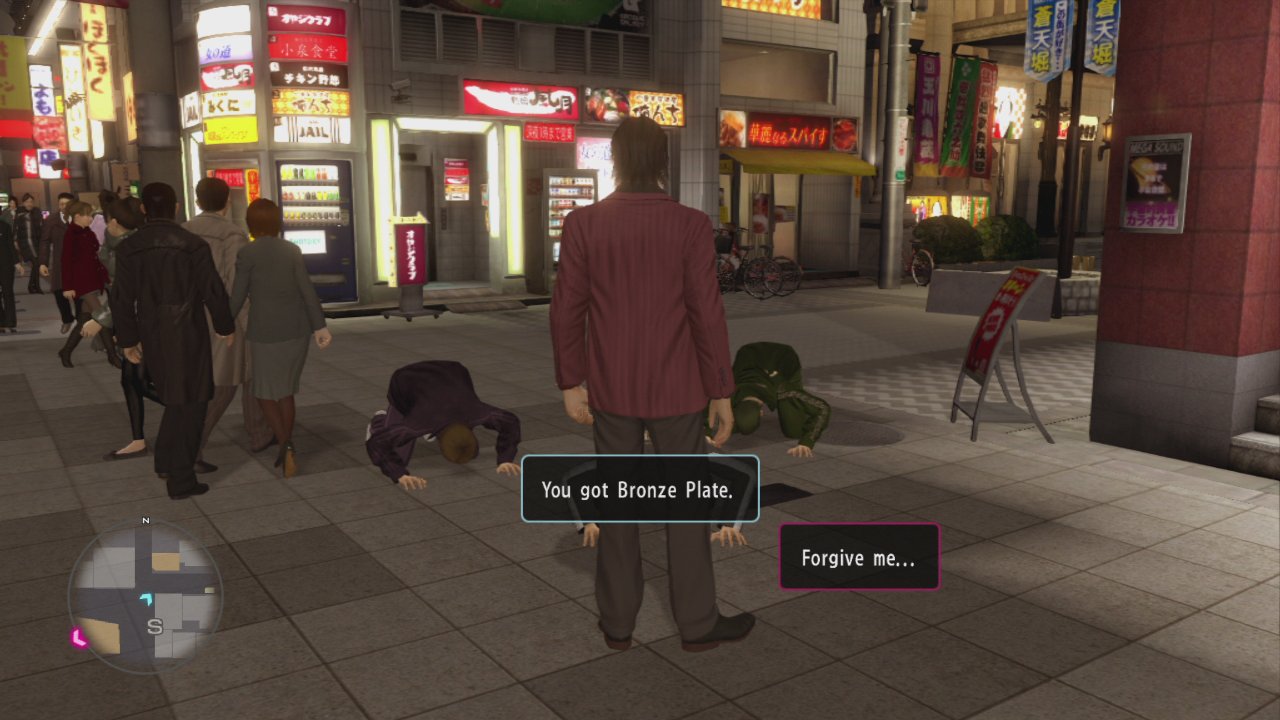
-
yakuza-5 #64
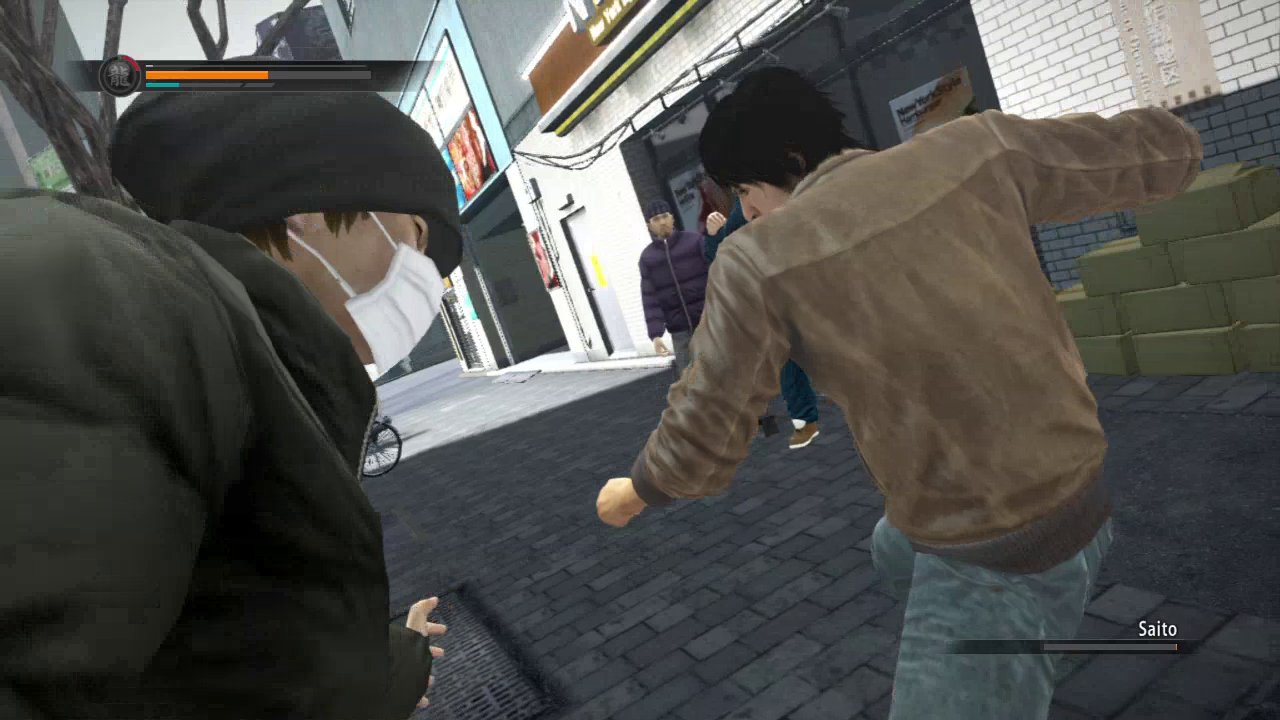
-
yakuza-5 #65
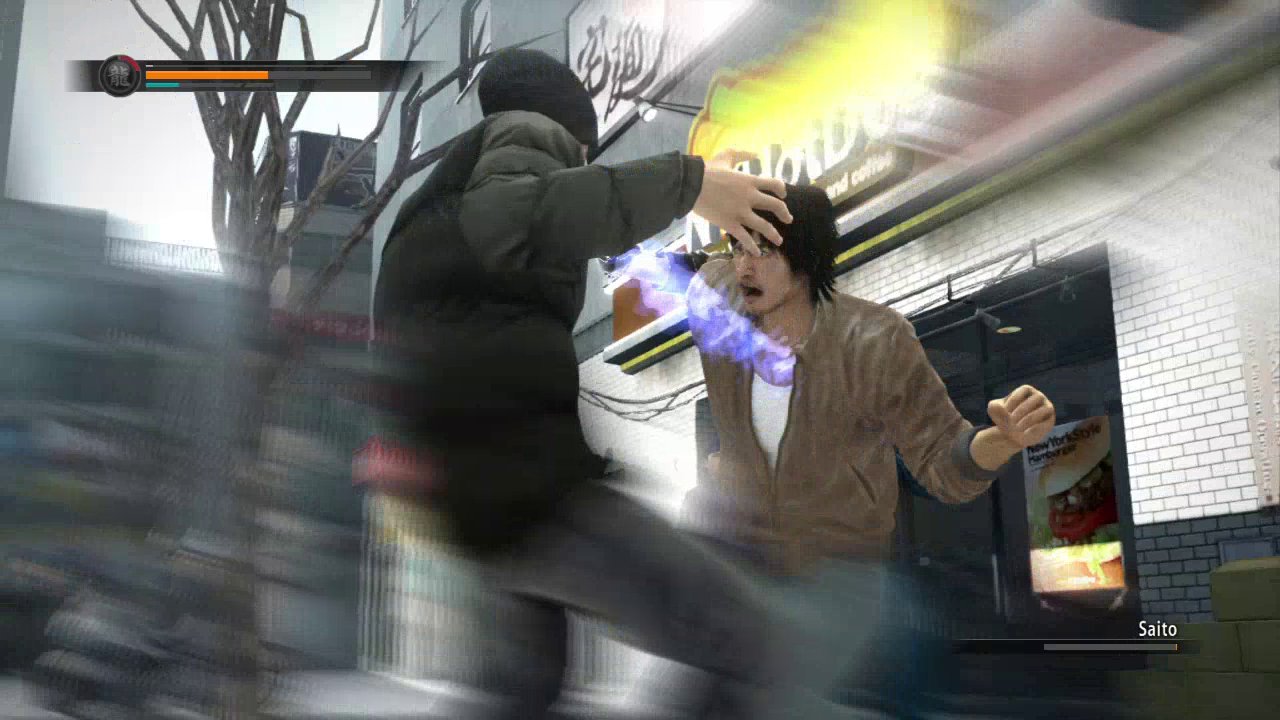
-
yakuza-5 #66
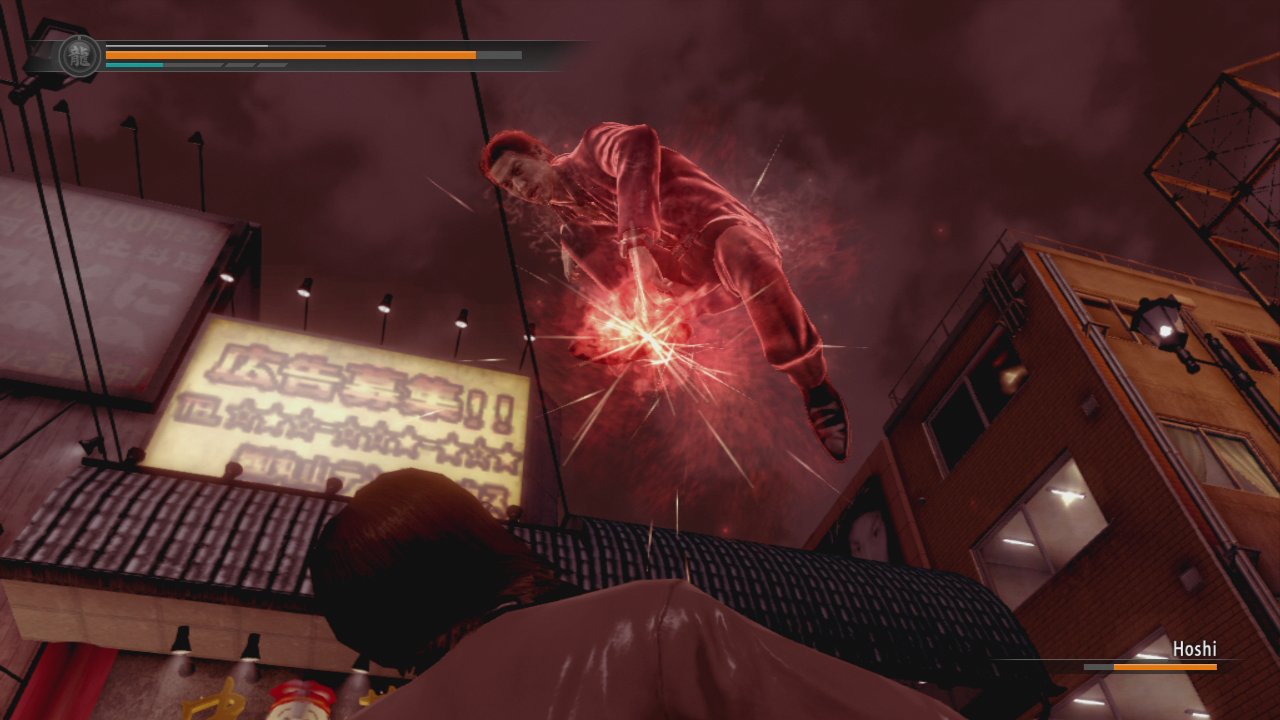
-
yakuza-5 #67
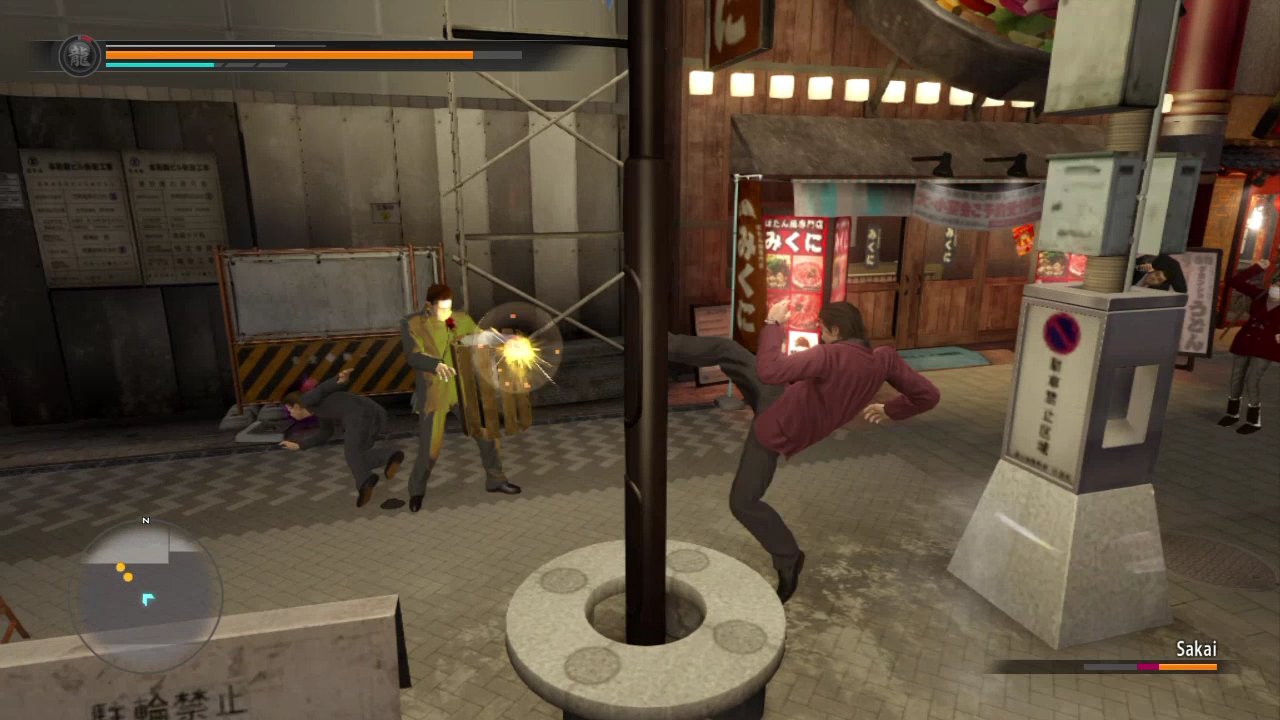
-
yakuza-5 #68
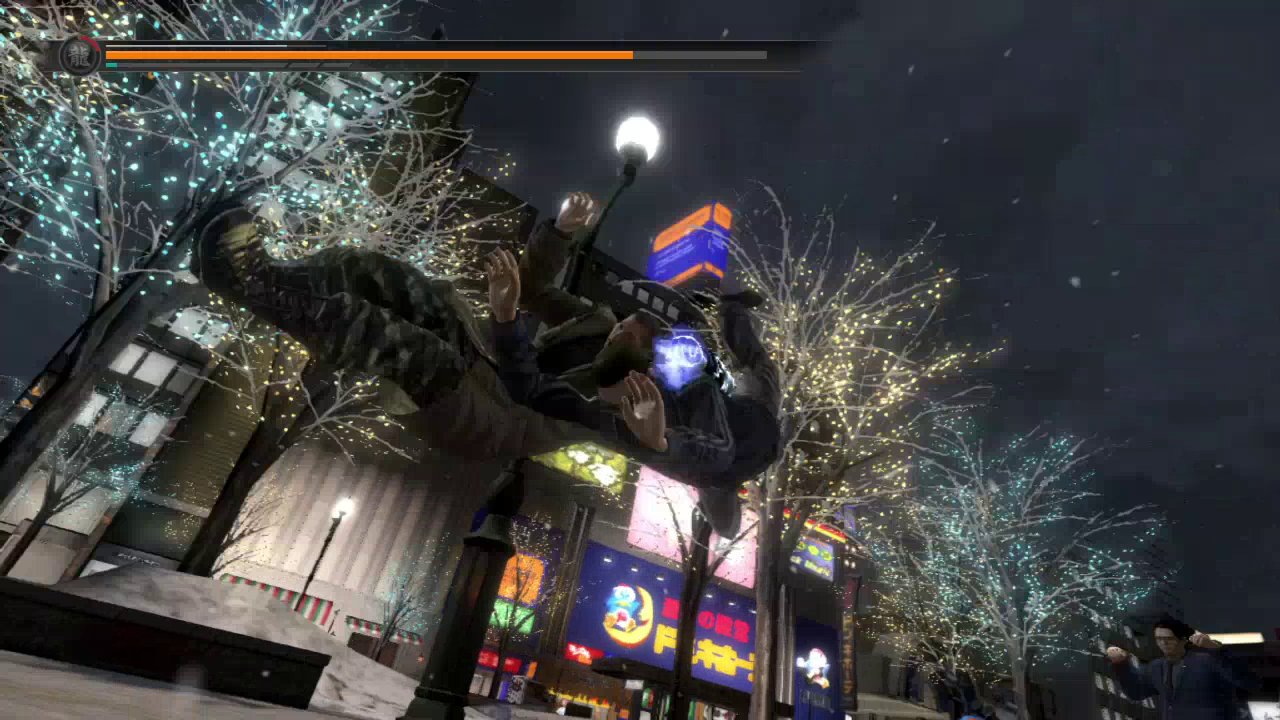
-
yakuza-5 #69
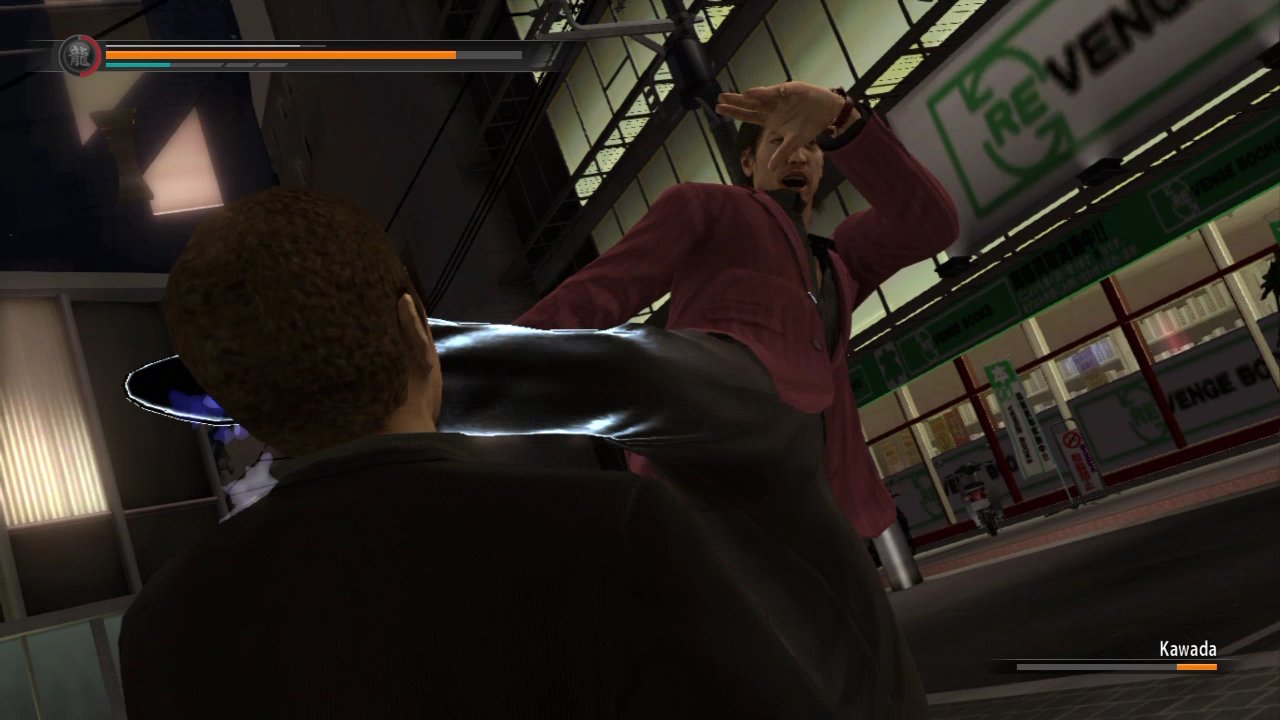
-
yakuza-5 #70
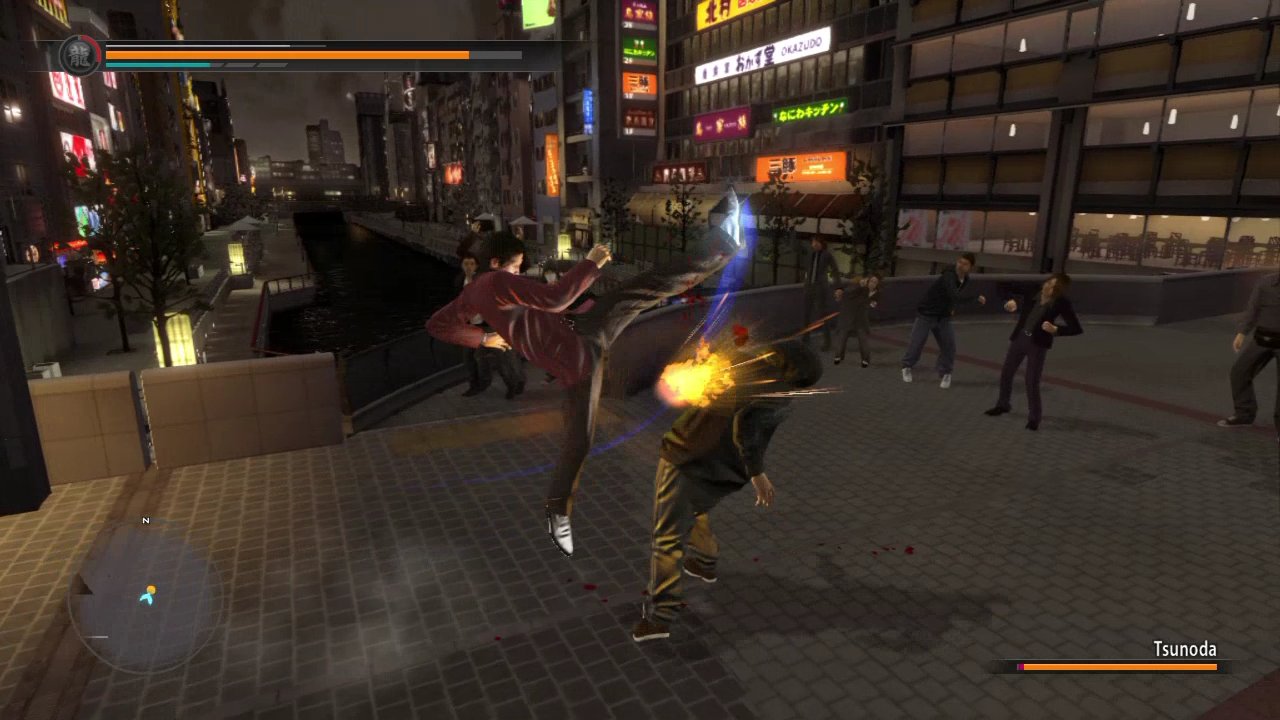
-
yakuza-5 #71
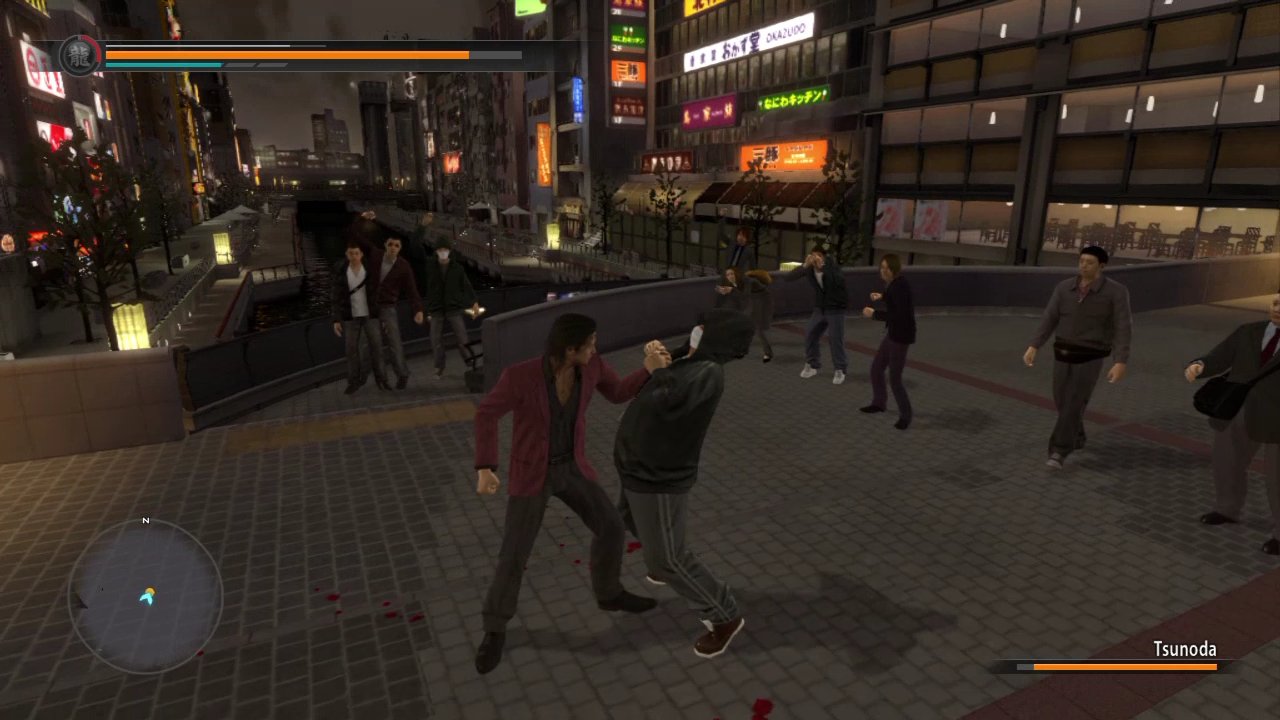
-
yakuza-5 #72
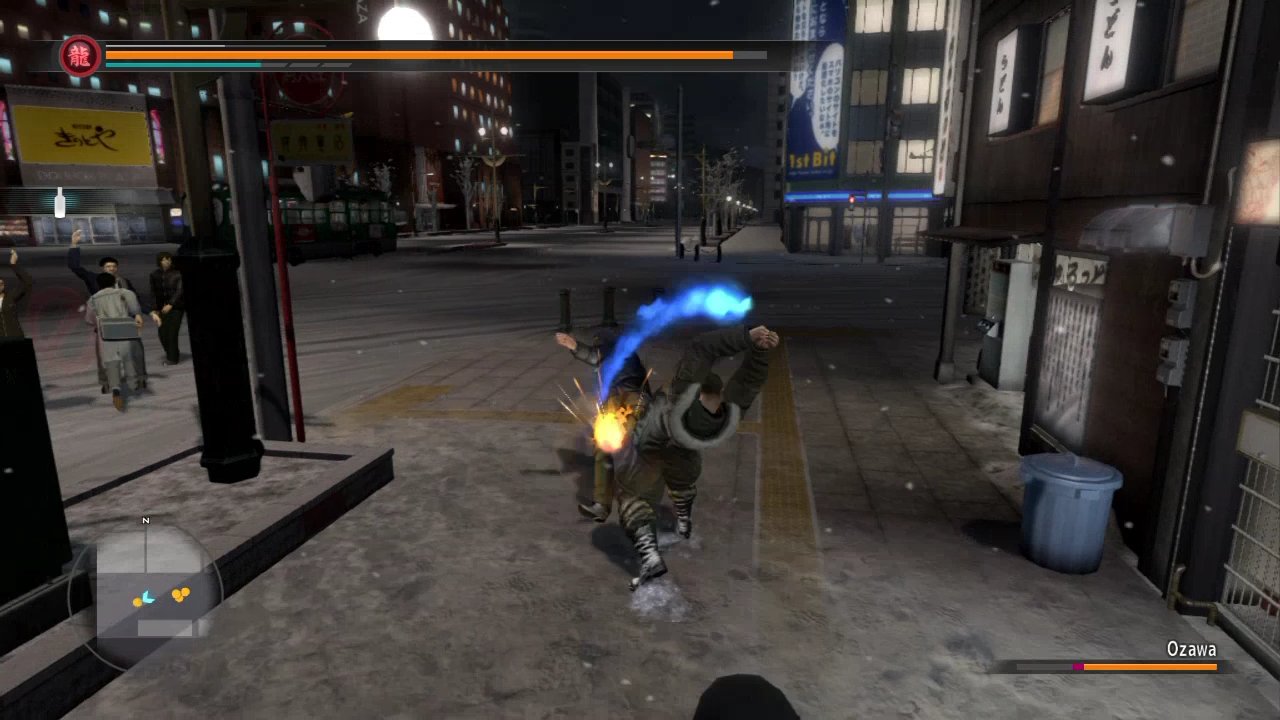
-
yakuza-5 #73
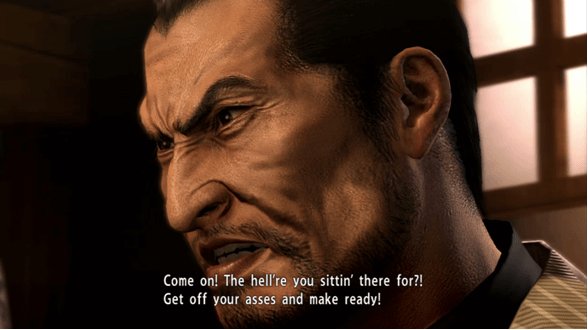
-
yakuza-5 #74
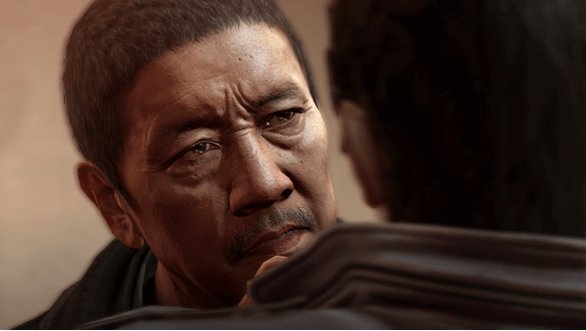
-
yakuza-5 #75
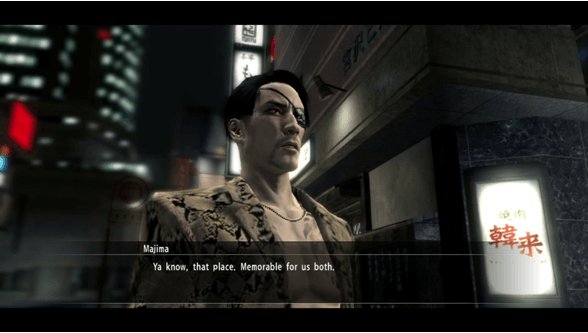
-
yakuza-5 #76
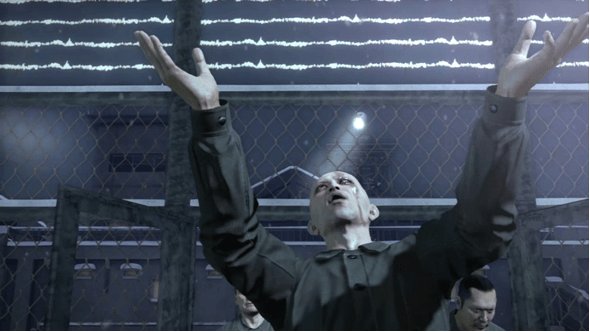
-
yakuza-5 #77
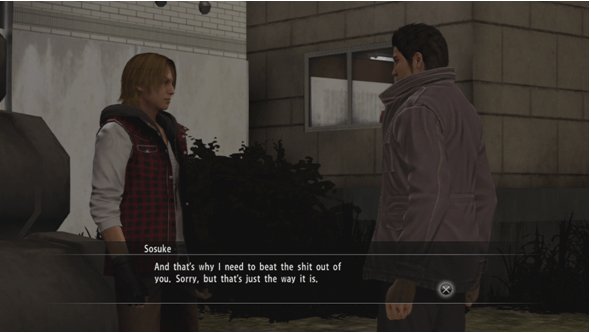
-
yakuza-5 #78
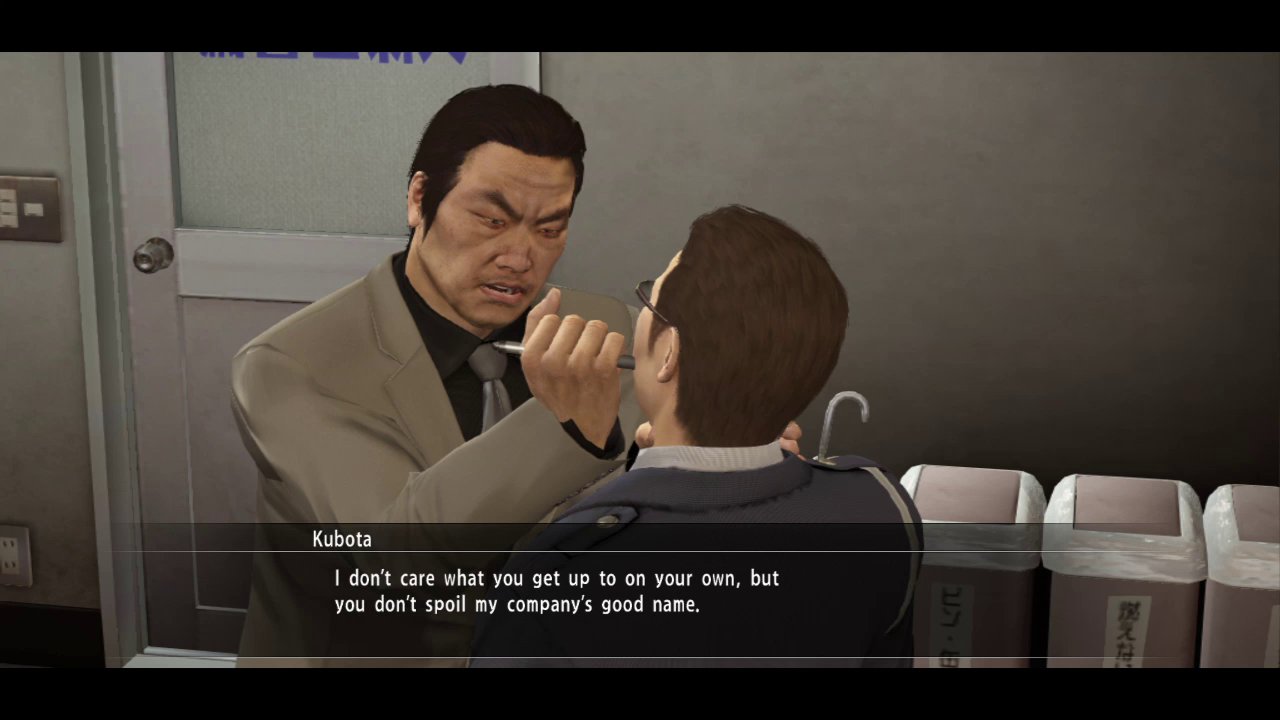
-
yakuza-5 #79
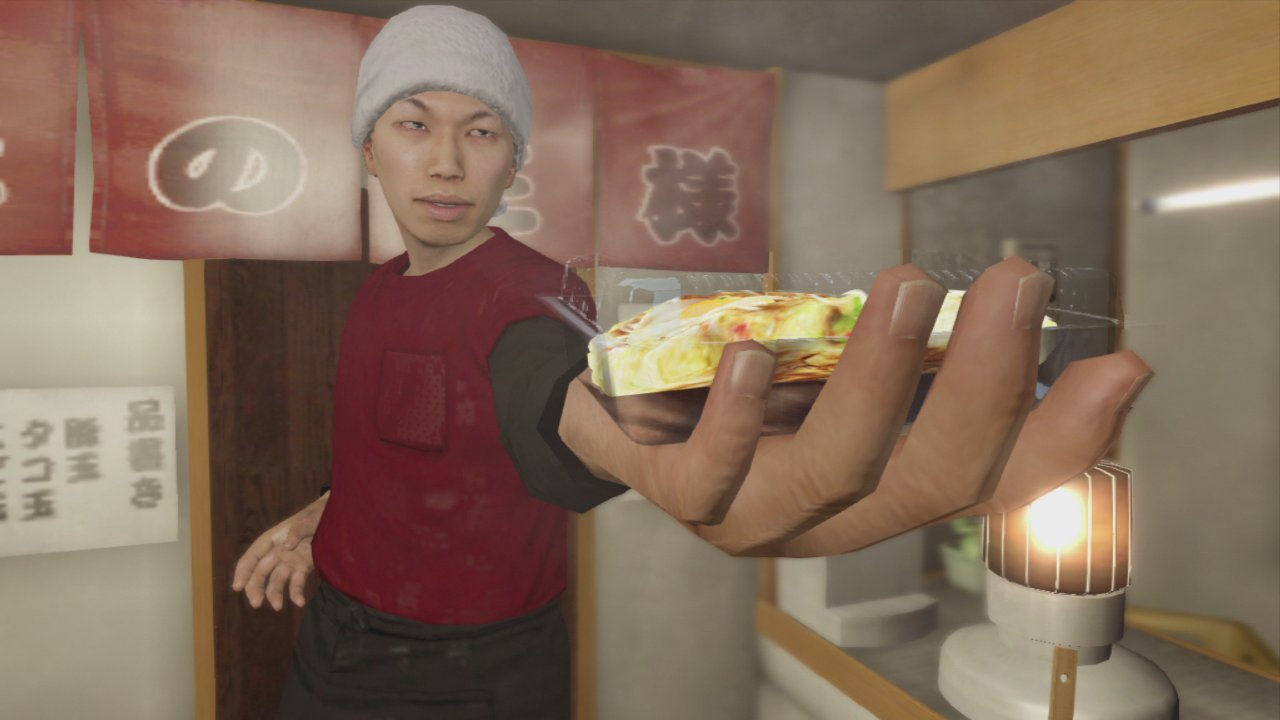
-
yakuza-5 #80

-
yakuza-5 #81
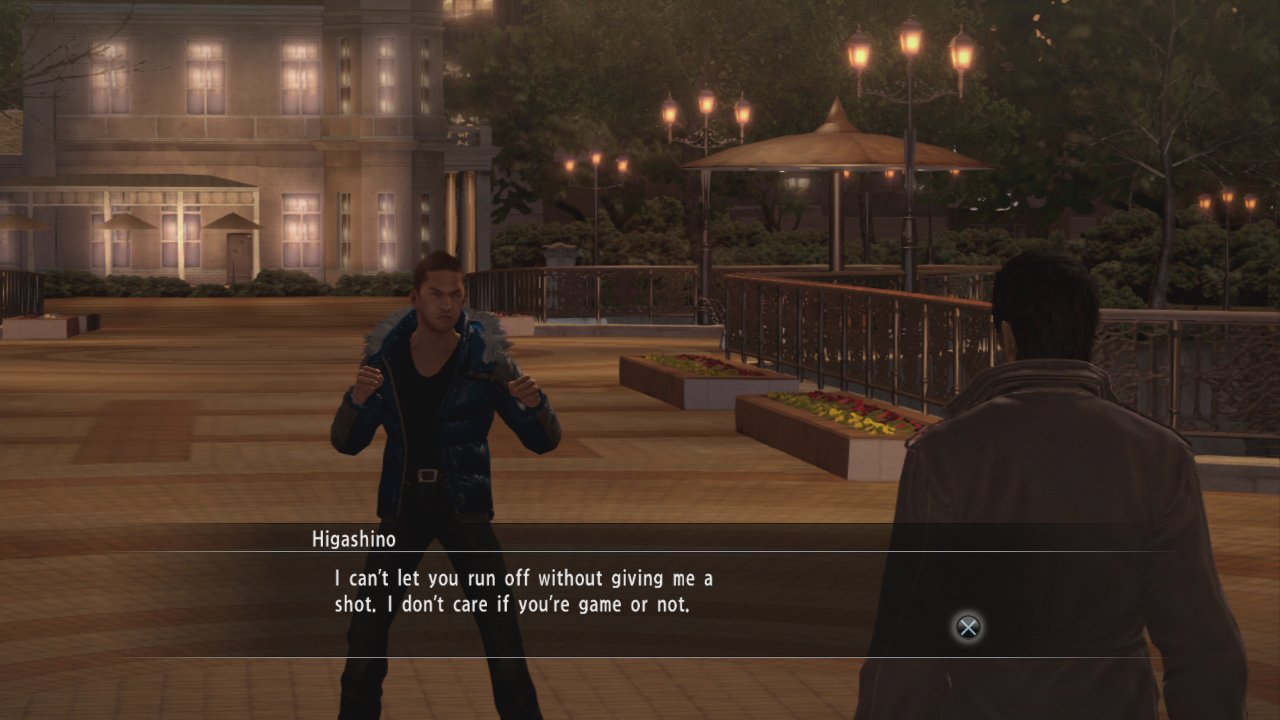
-
yakuza-5 #82
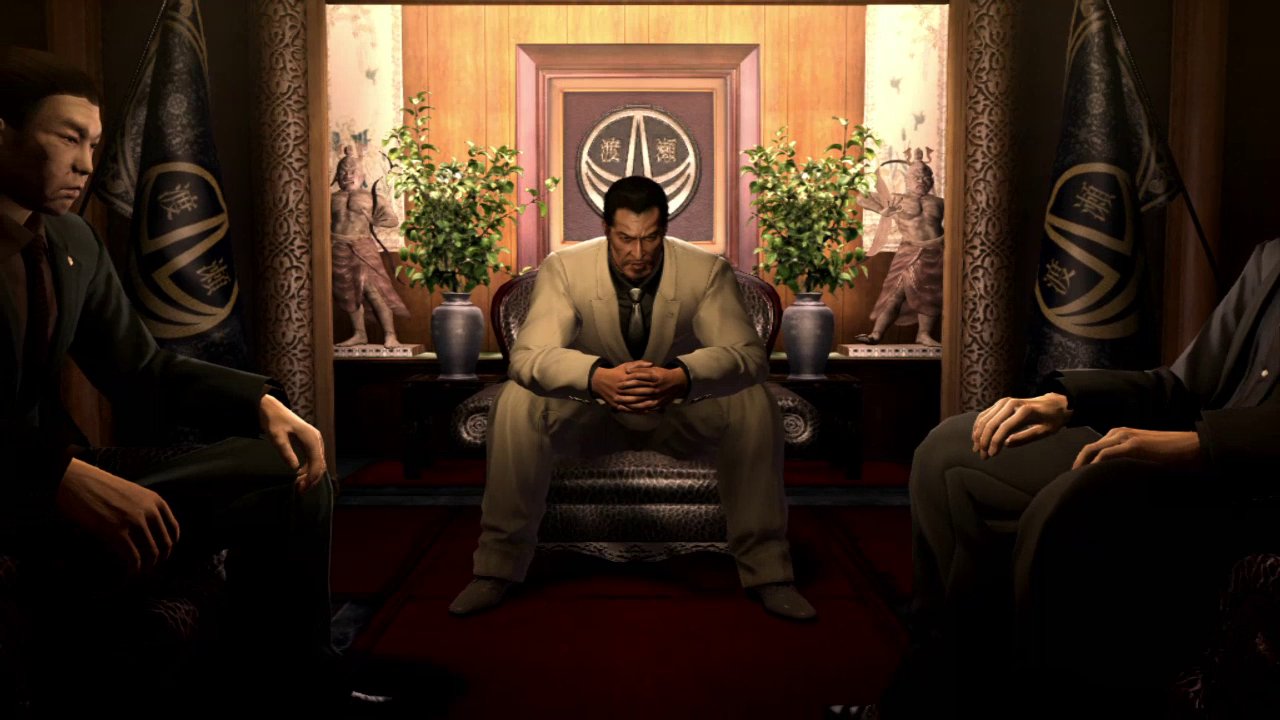
-
yakuza-5 #83

-
yakuza-5 #84
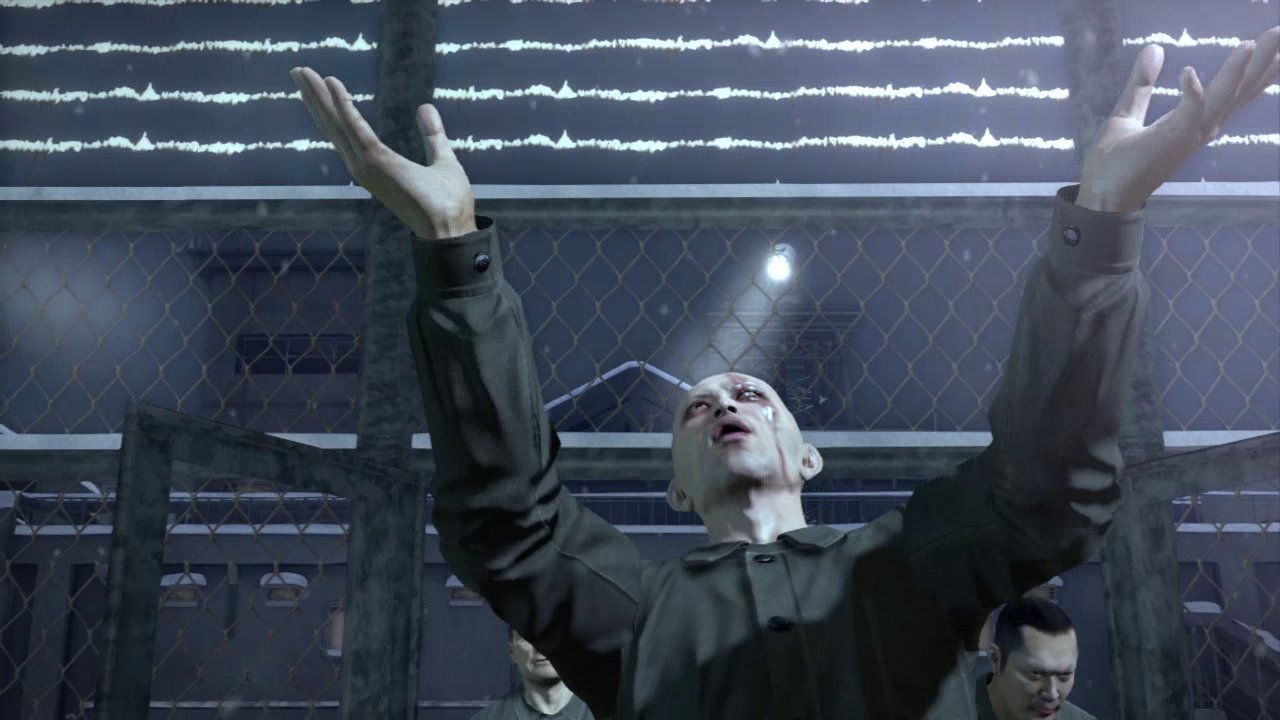
-
yakuza-5 #85
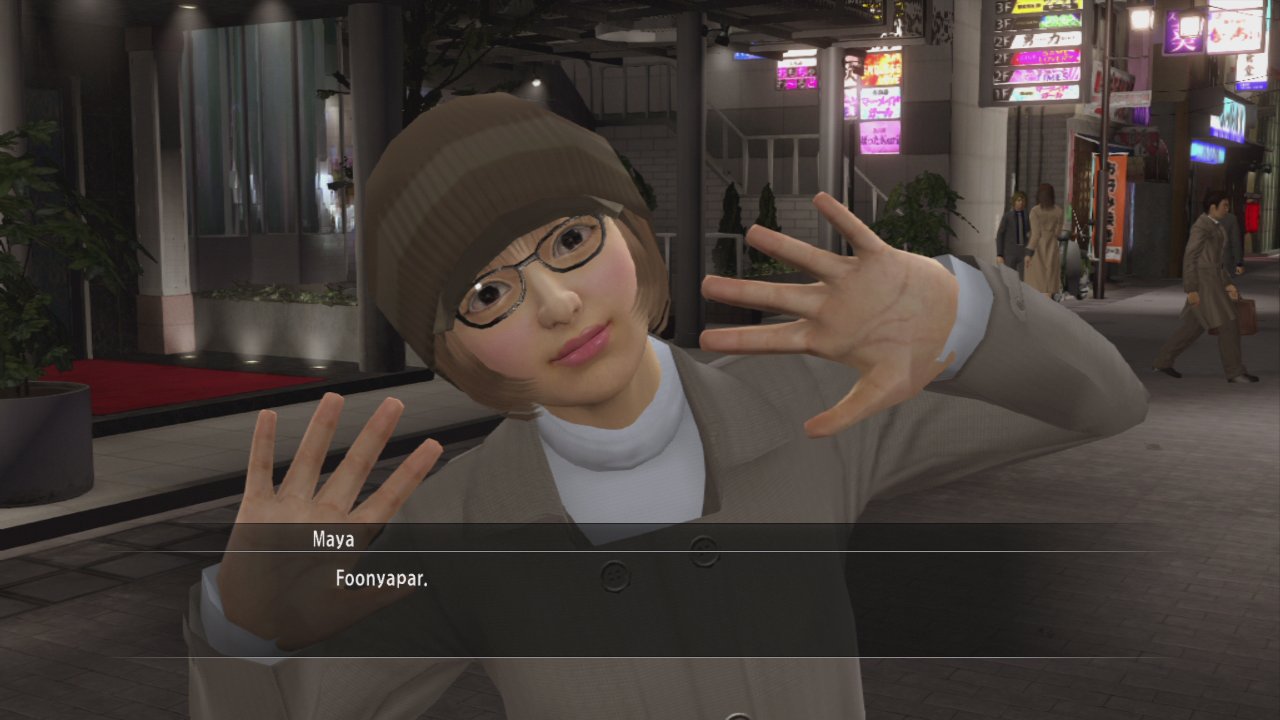
-
yakuza-5 #86

-
yakuza-5 #87

-
yakuza-5 #88
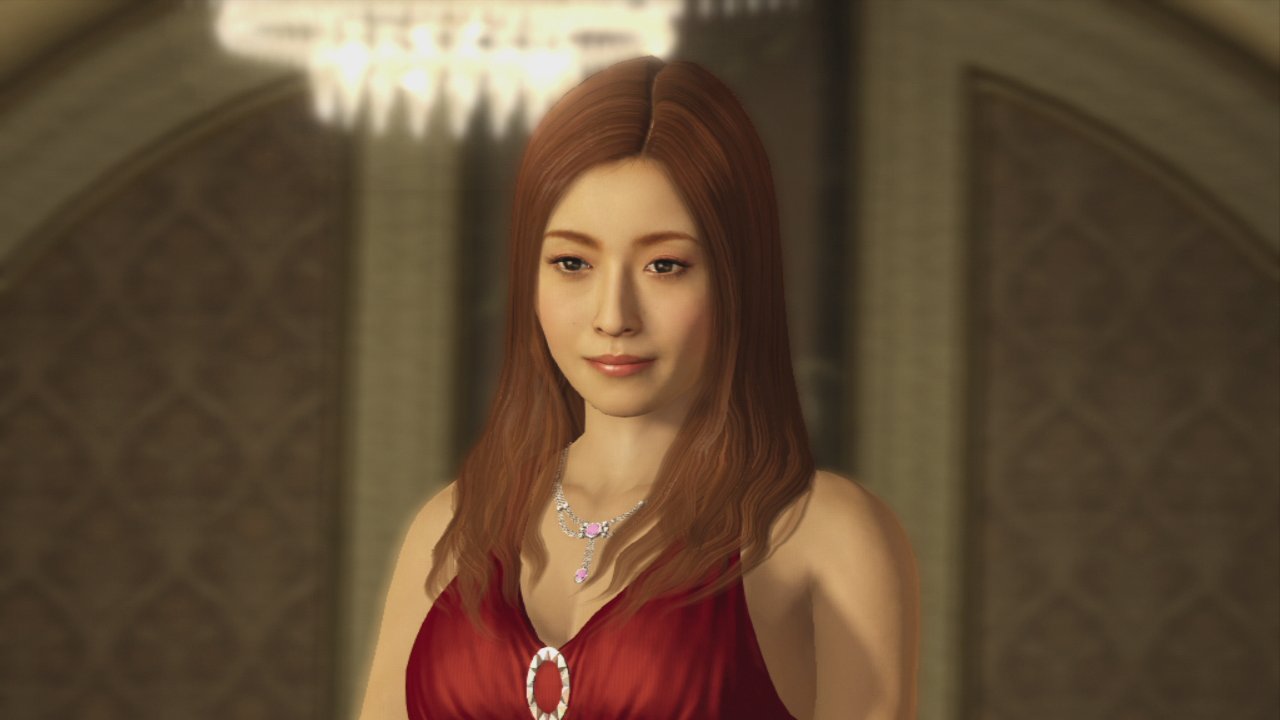
-
yakuza-5 #89
